Learn everything you need to know about scorpions in your region — from how they behave to the best ways to keep them out.
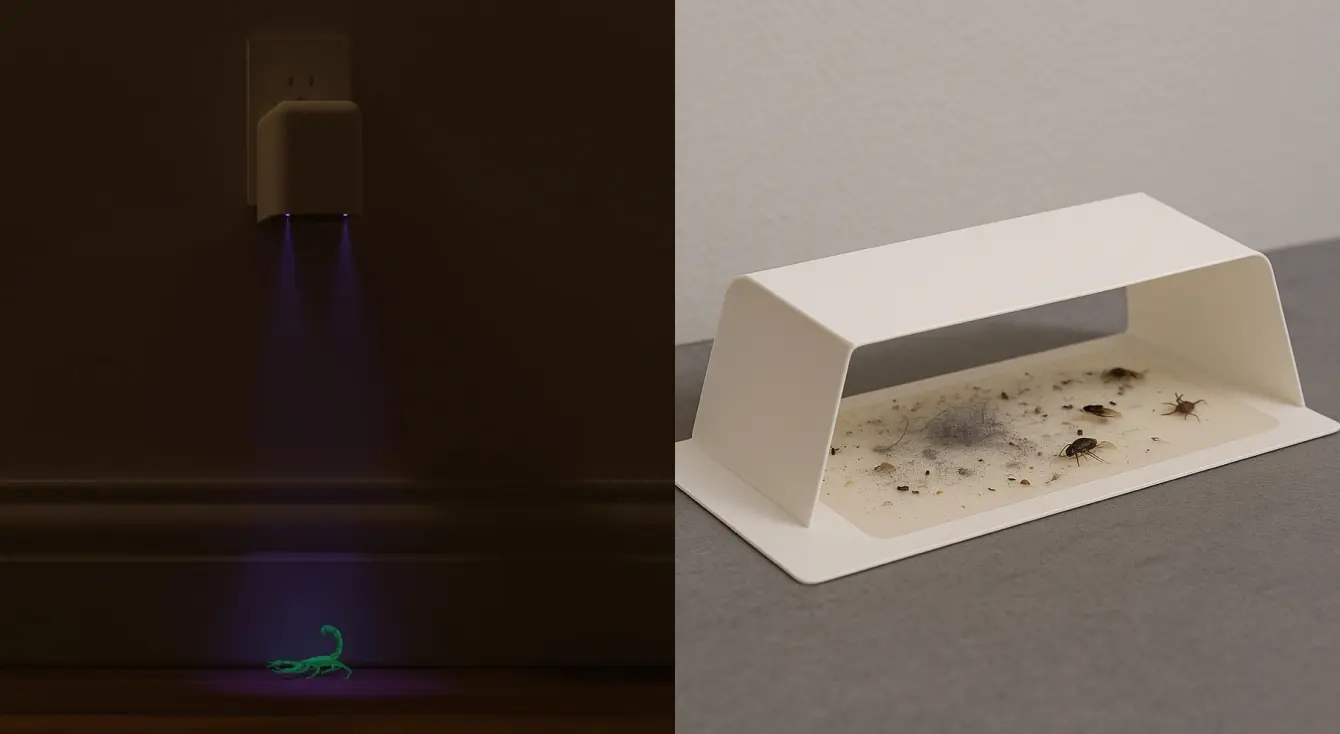
Comparing glue traps and Scorpion Detectors—find out which method gives you better protection and peace of mind.
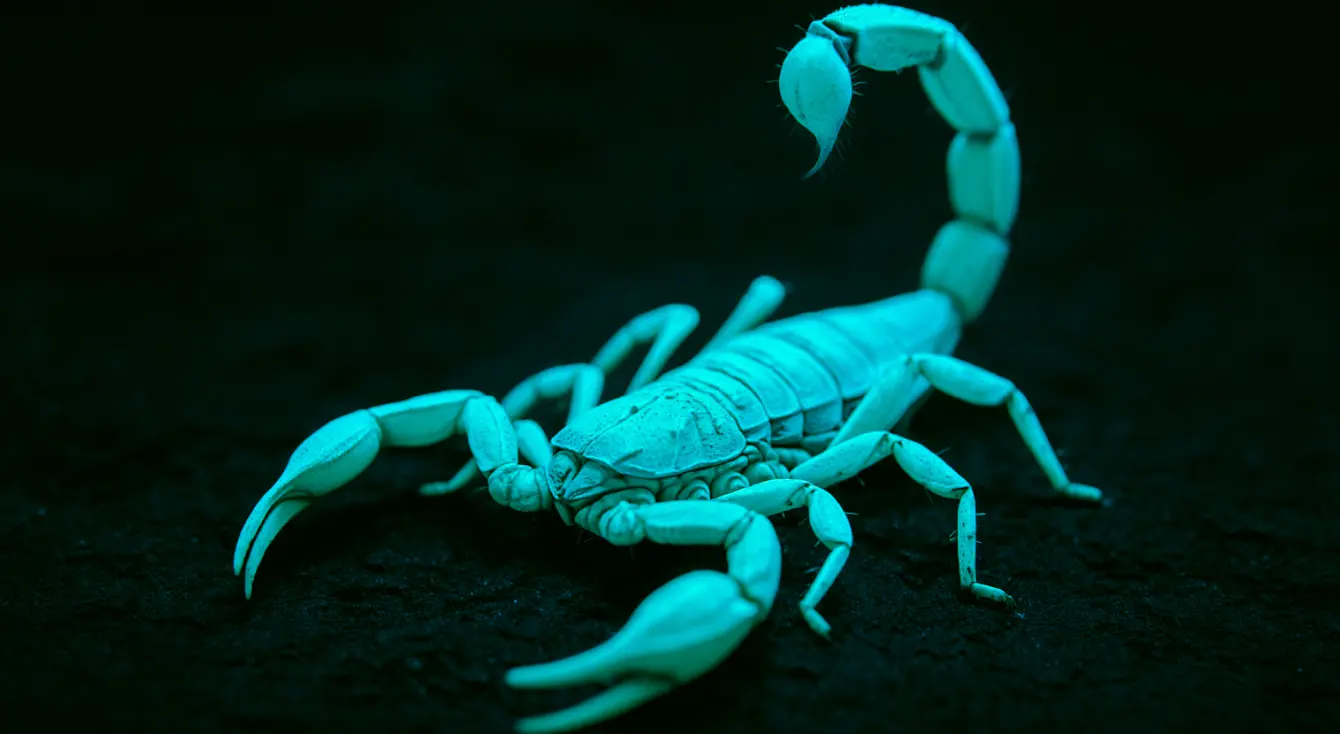
Learn why scorpions glow under UV light and how to use that glow to protect your home more effectively.
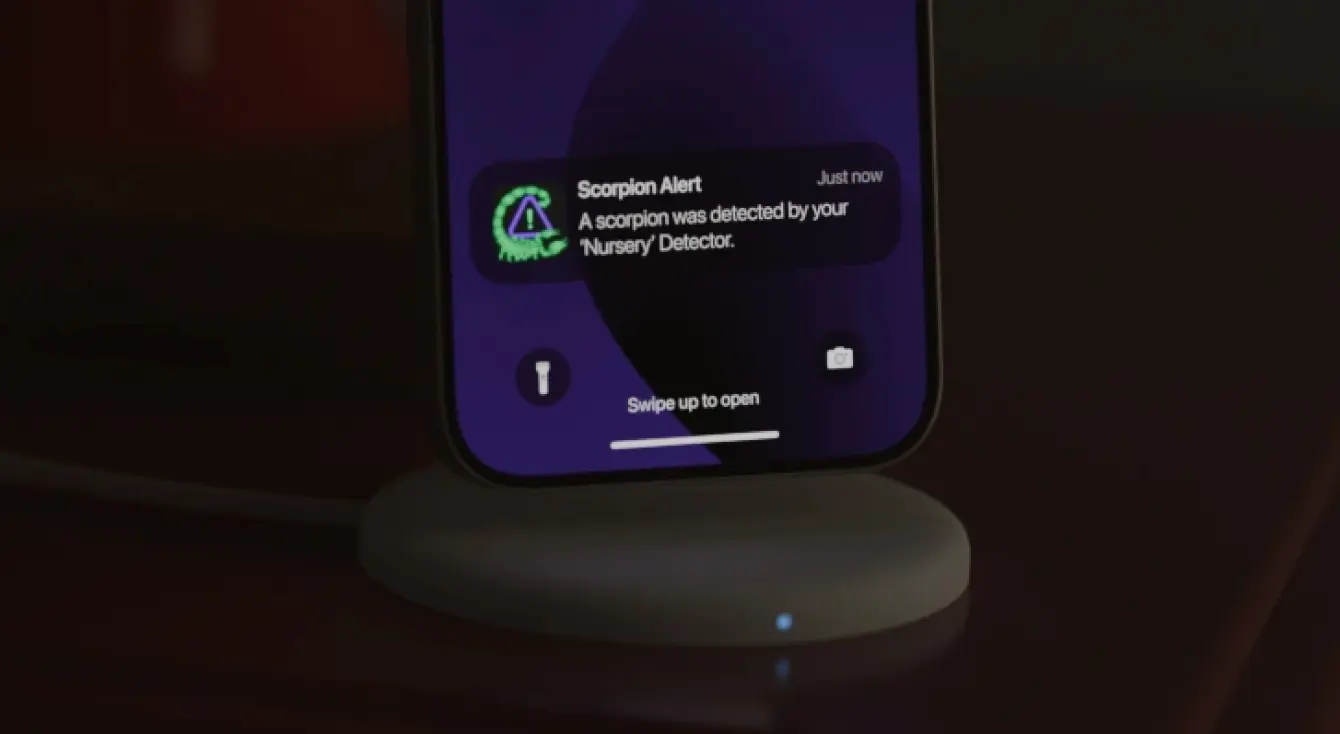
What Happens After You Get a Scorpion Alert?: Discover expert tips, practical answers, and smart scorpion safety strategies for your home.

Learn how scorpions' instinct for thigmotaxis helps you find where they’re most likely hiding in your home.

Reduce indoor scorpion activity with these smart, effective cleaning habits designed for desert homes.

Find out how to treat a scorpion sting, recognize serious symptoms, and know exactly when to seek help.
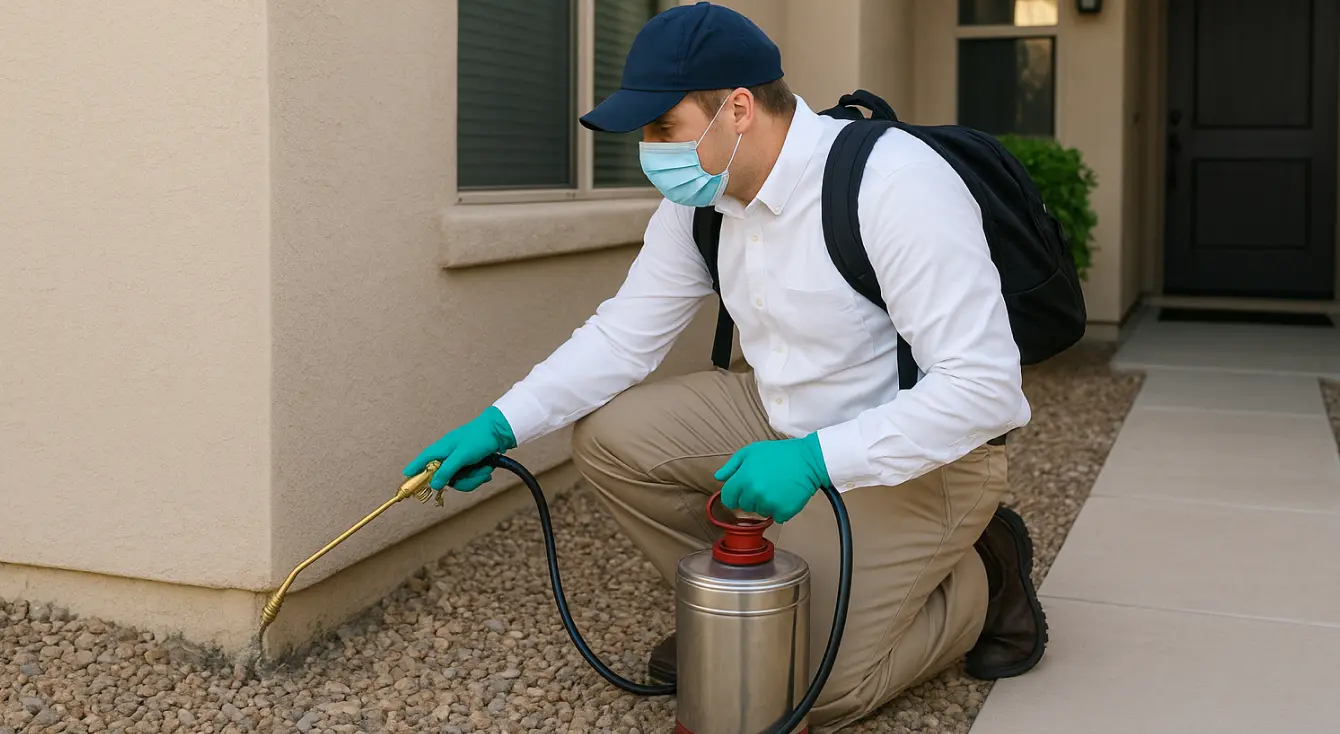
Scorpion infestations come with more than just fear—they can hit your wallet hard. Learn about the financial and emotional toll.
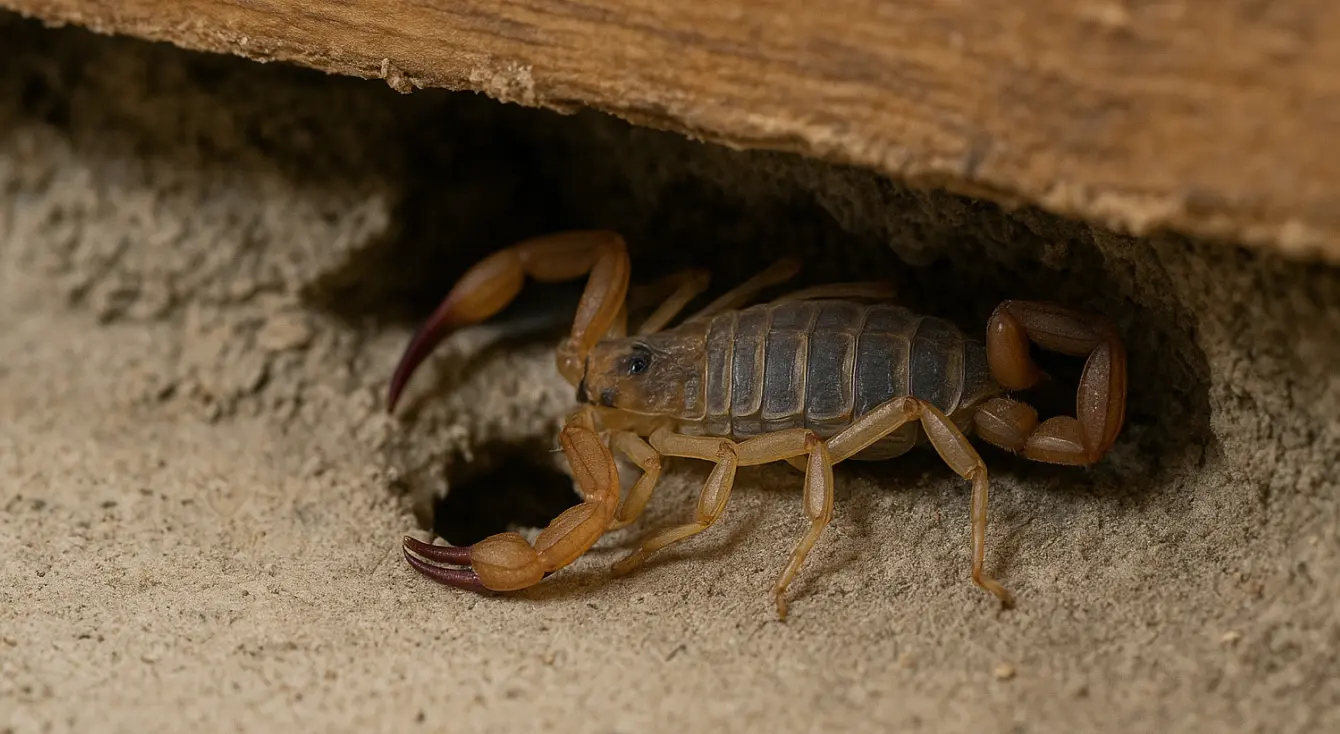
Learn how long scorpions can survive indoors—and what keeps them alive inside Arizona and Texas homes.
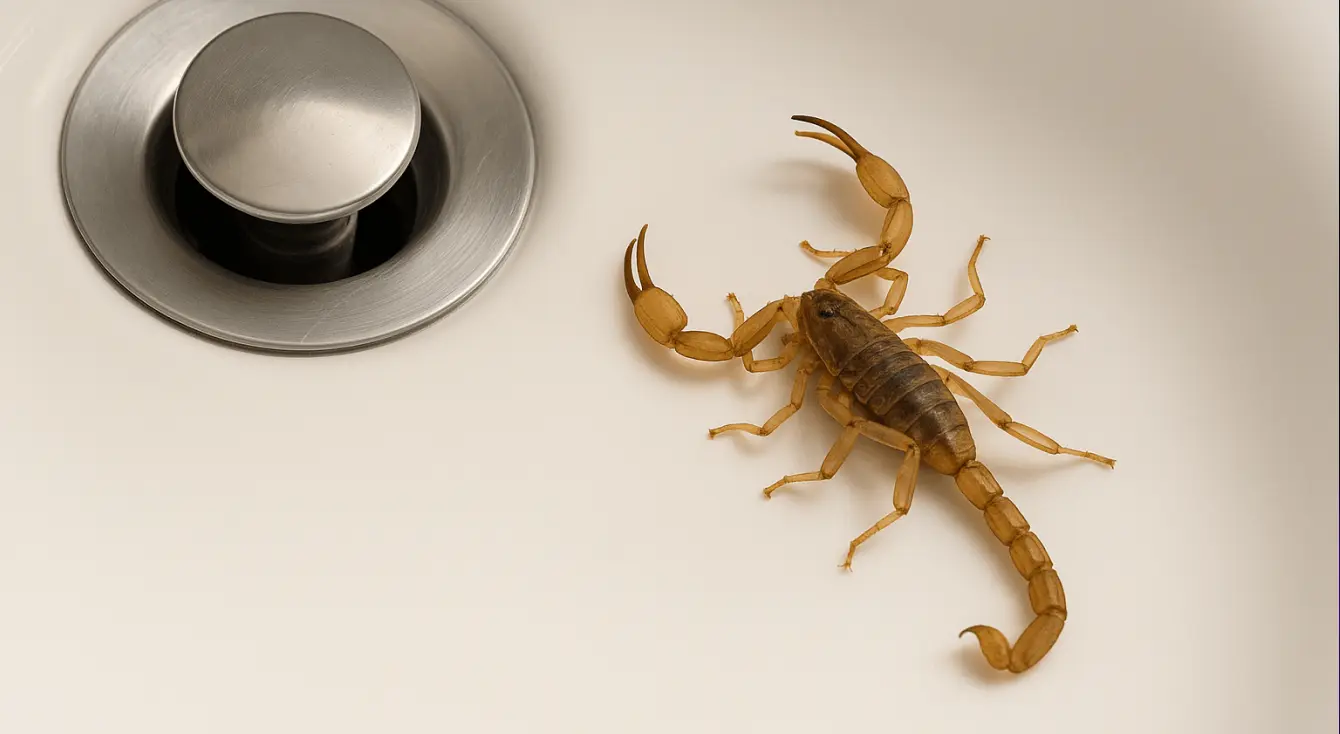
Wondering if scorpions can crawl up drains or pipes? Here's how they might enter—and how to keep them out.
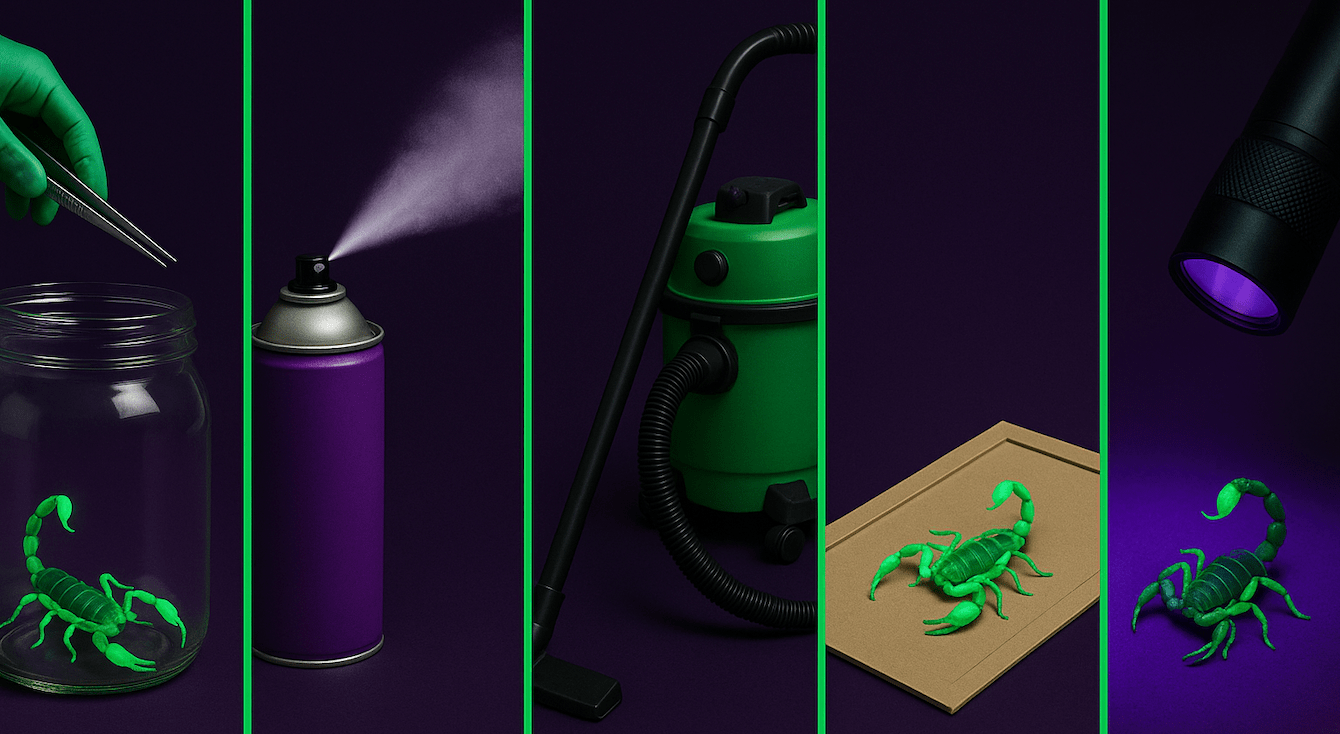
How To Neutralize A Scorpion In Your Home: Discover expert tips, practical answers, and fast scorpion safety strategies for your home.

Comparing glue traps and Scorpion Detectors—find out which method gives you better protection and peace of mind.
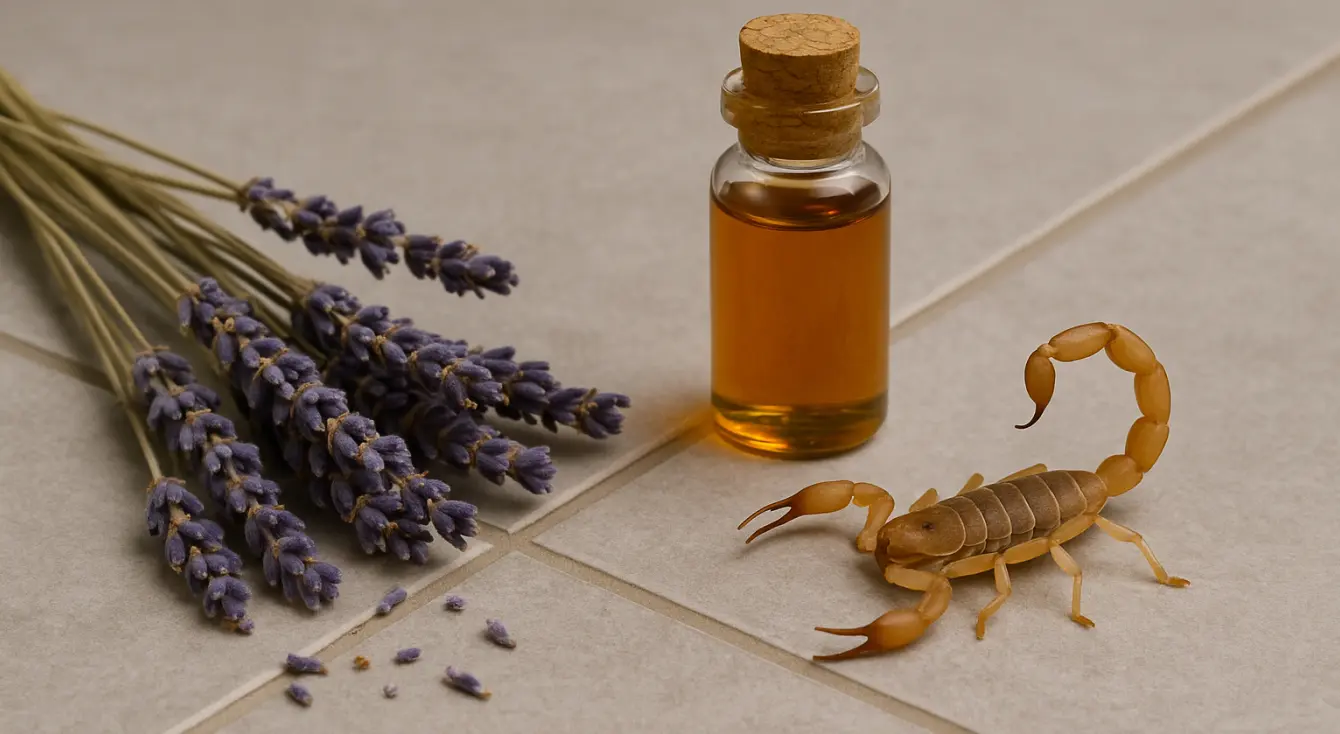
Think lavender or cinnamon keeps scorpions away? Here are the top myths that could leave your home unprotected.
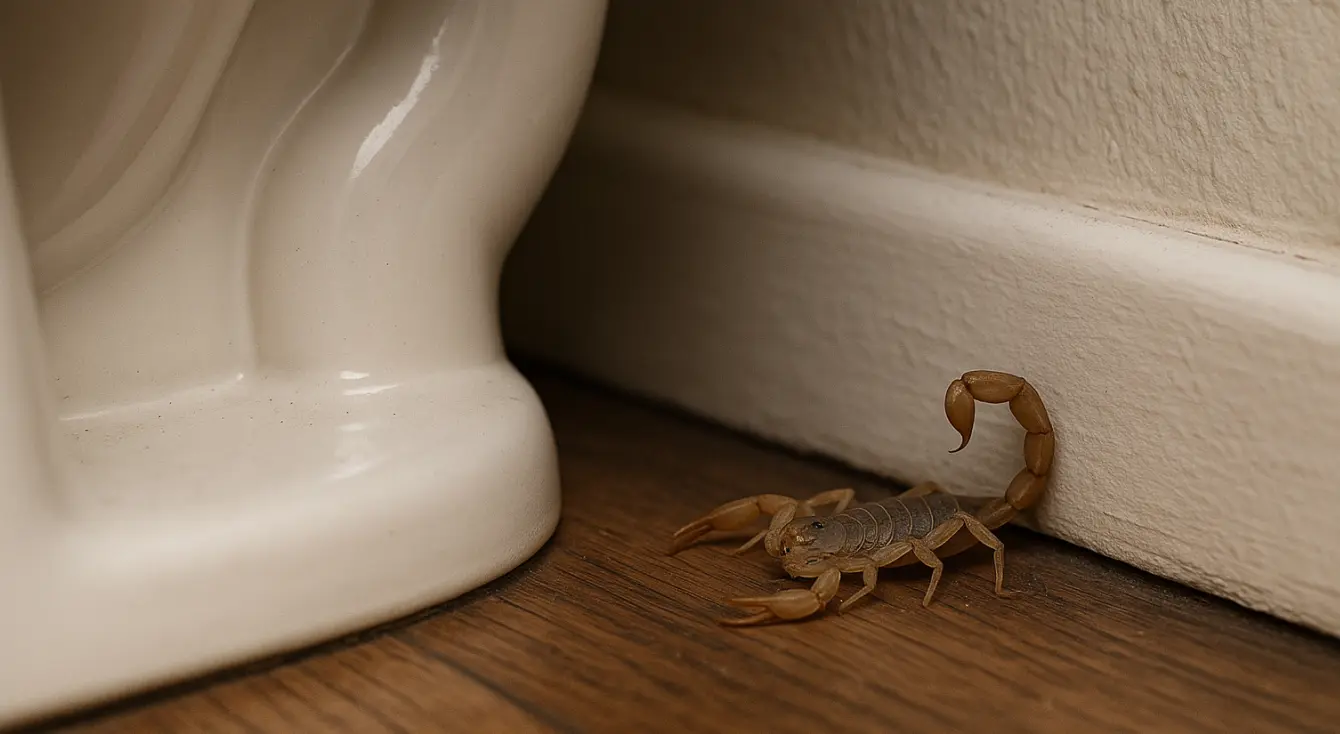
Discover the most common hiding spots for scorpions in your home—and how to check them without getting stung.
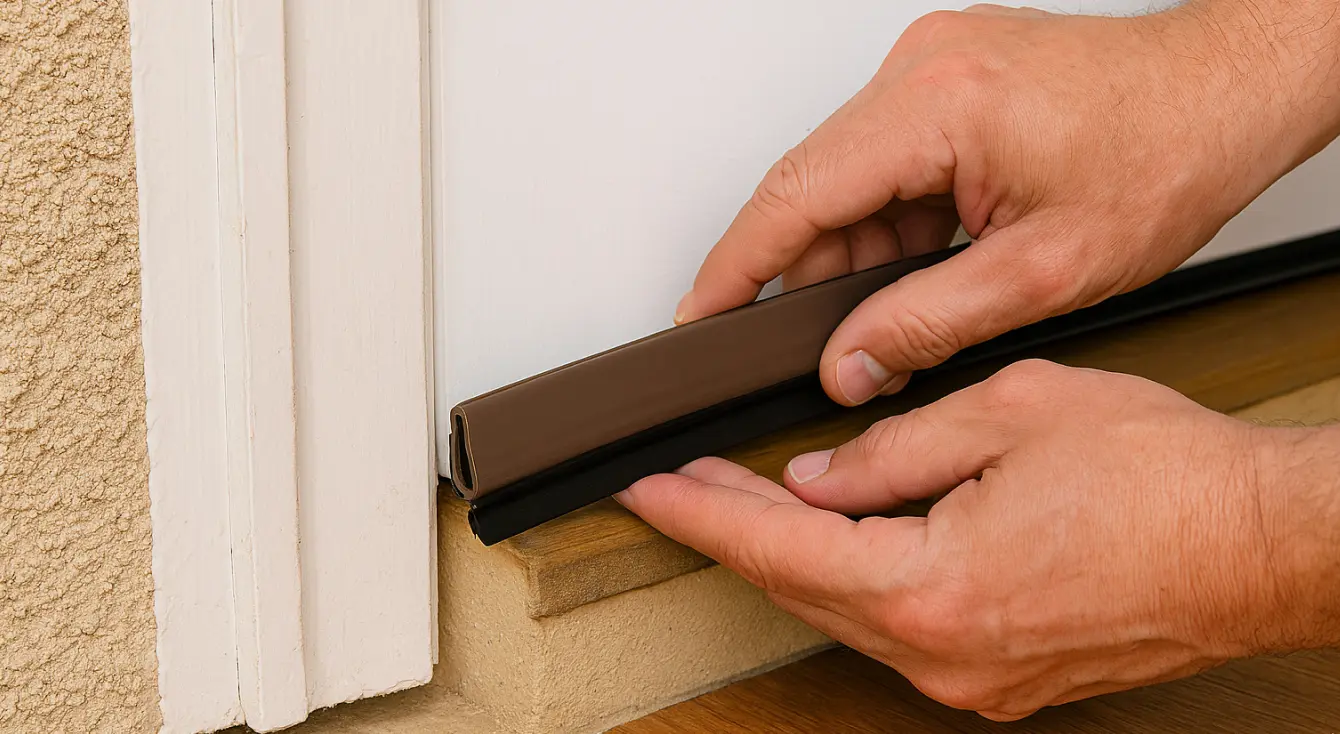
Discover proven methods to prevent scorpions from infesting your home and reduce your risk of a sting.
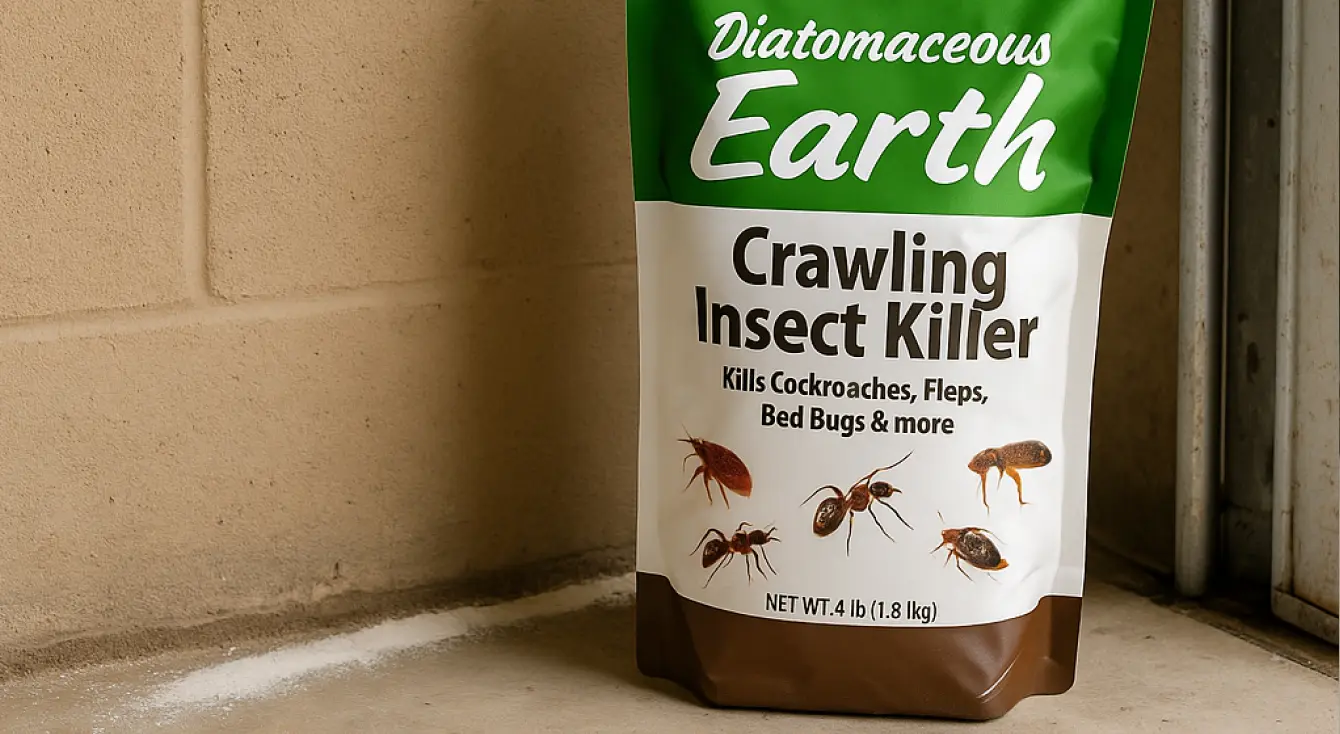
Wondering if diatomaceous earth works against scorpions? Here’s what it can do, what it can’t, and how to use it safely and effectively.
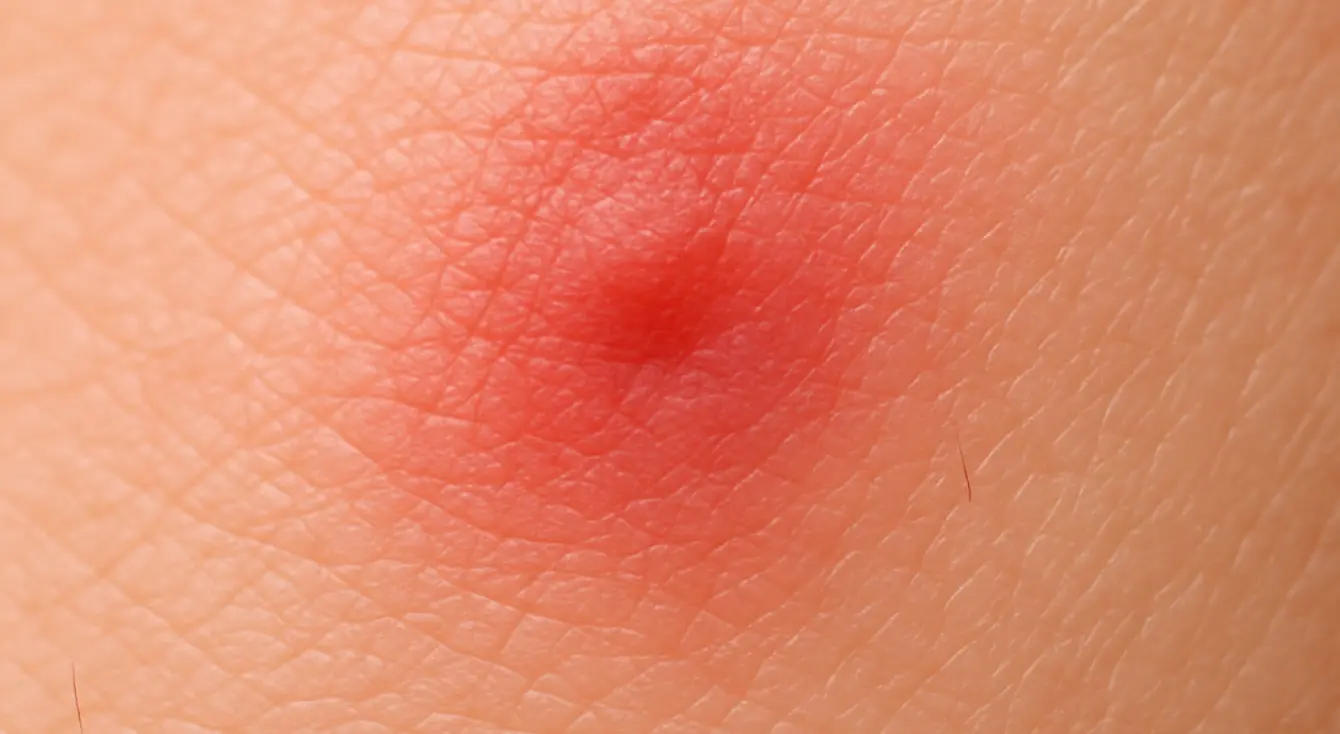
Learn how scorpion venom affects humans, from mild symptoms to severe reactions, and how to respond to a sting.

Expecting moms in the Southwest face real risks from scorpion stings—here’s what research and OBs say about protecting yourself.

Learn what to do if your infant is stung by a scorpion, what symptoms to watch for, and when to call 911.
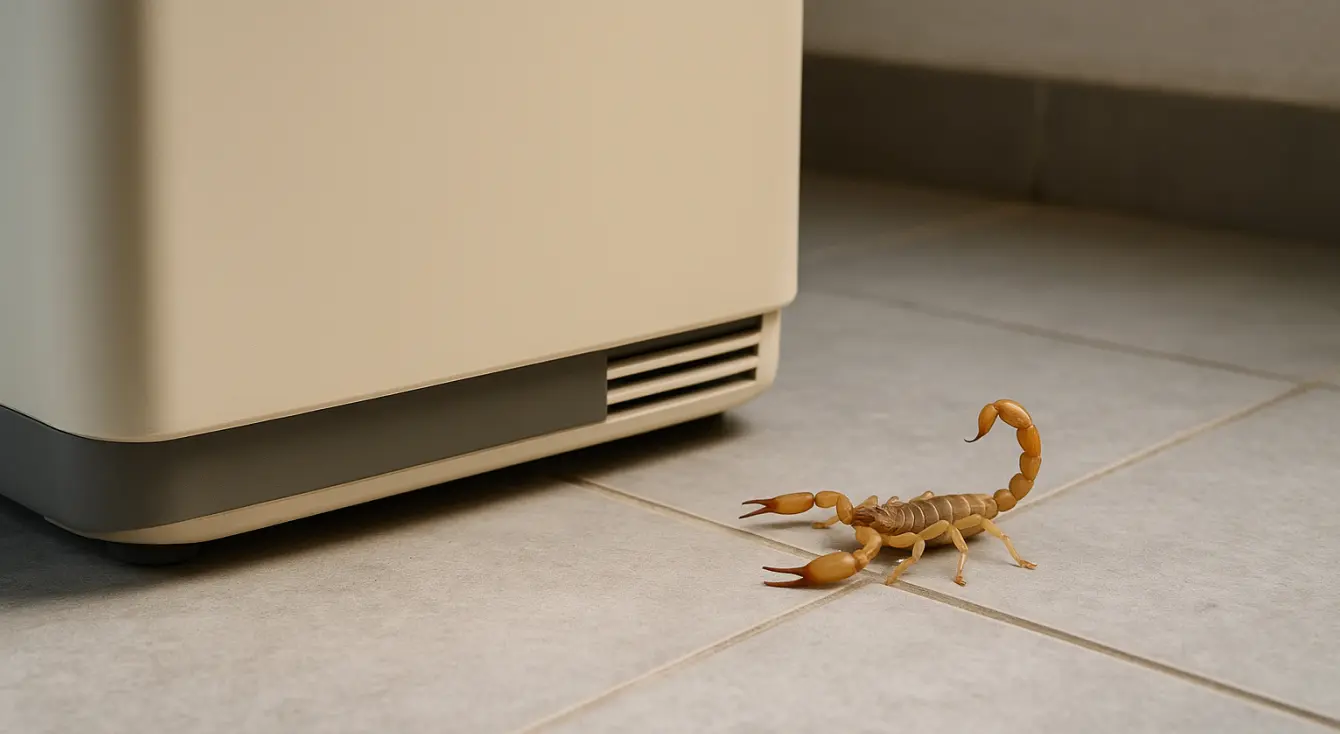
Discover whether adjusting indoor humidity levels can make your home less inviting to scorpions and what actually works to keep them out.

Learn which scorpion sting symptoms require medical attention, especially in Arizona and the Southwest.

Toddlers are curious—and vulnerable. Here’s how to scorpion-proof your home when little ones are crawling and exploring everywhere.
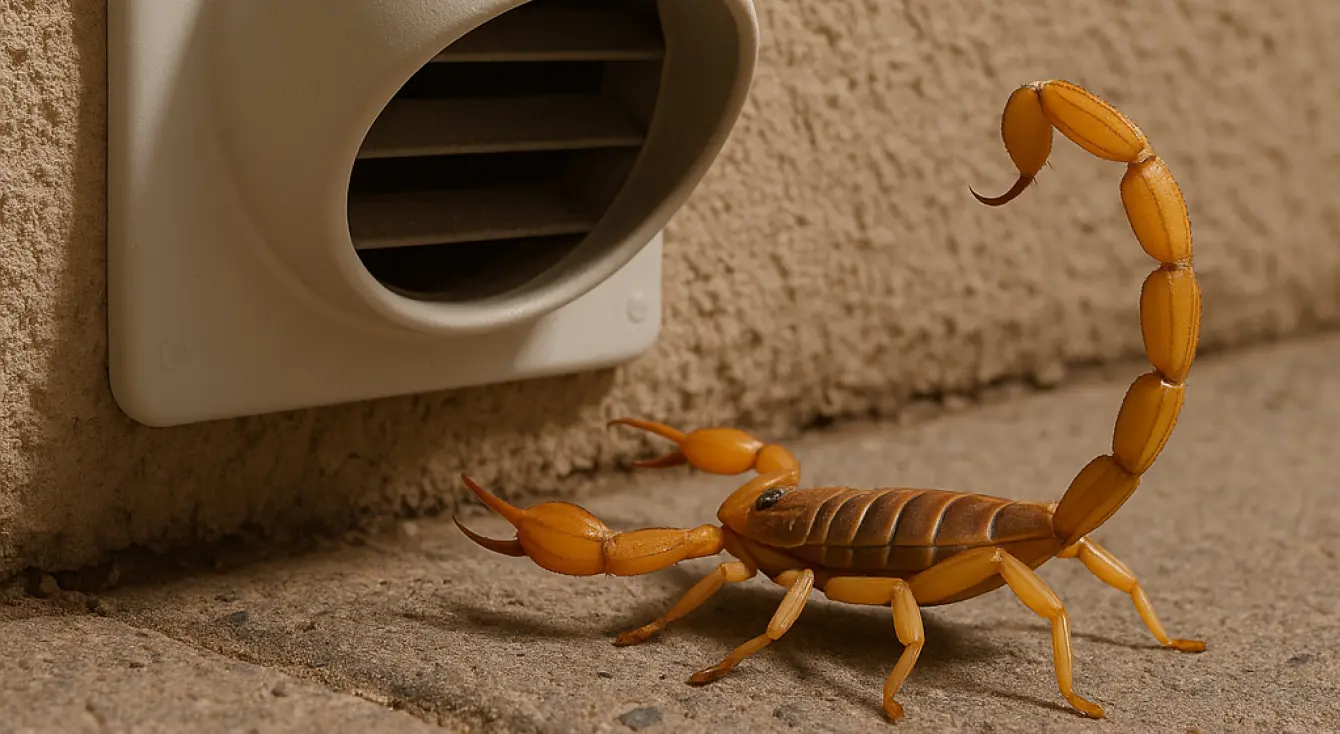
Discover the most common ways scorpions enter your home—and what you can do to discover and seal entry points.
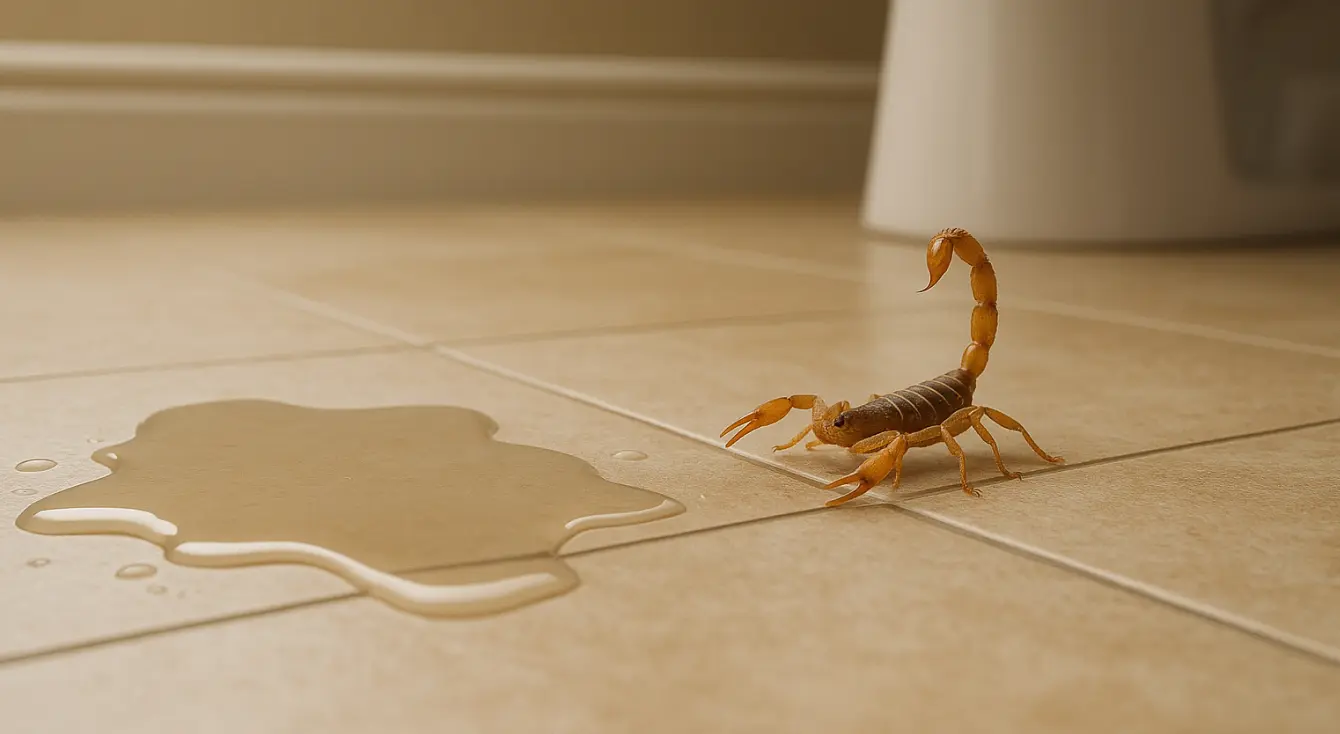
Find out what draws scorpions into your home, from hidden food sources to moisture and clutter—and how to fix it.

Scorpion stings are more dangerous for children. Here’s why young kids are at greater risk and what parents in the Southwest need to know.

Learn to recognize the signs of a scorpion sting in your dog, what to do next, and how to prevent future encounters.
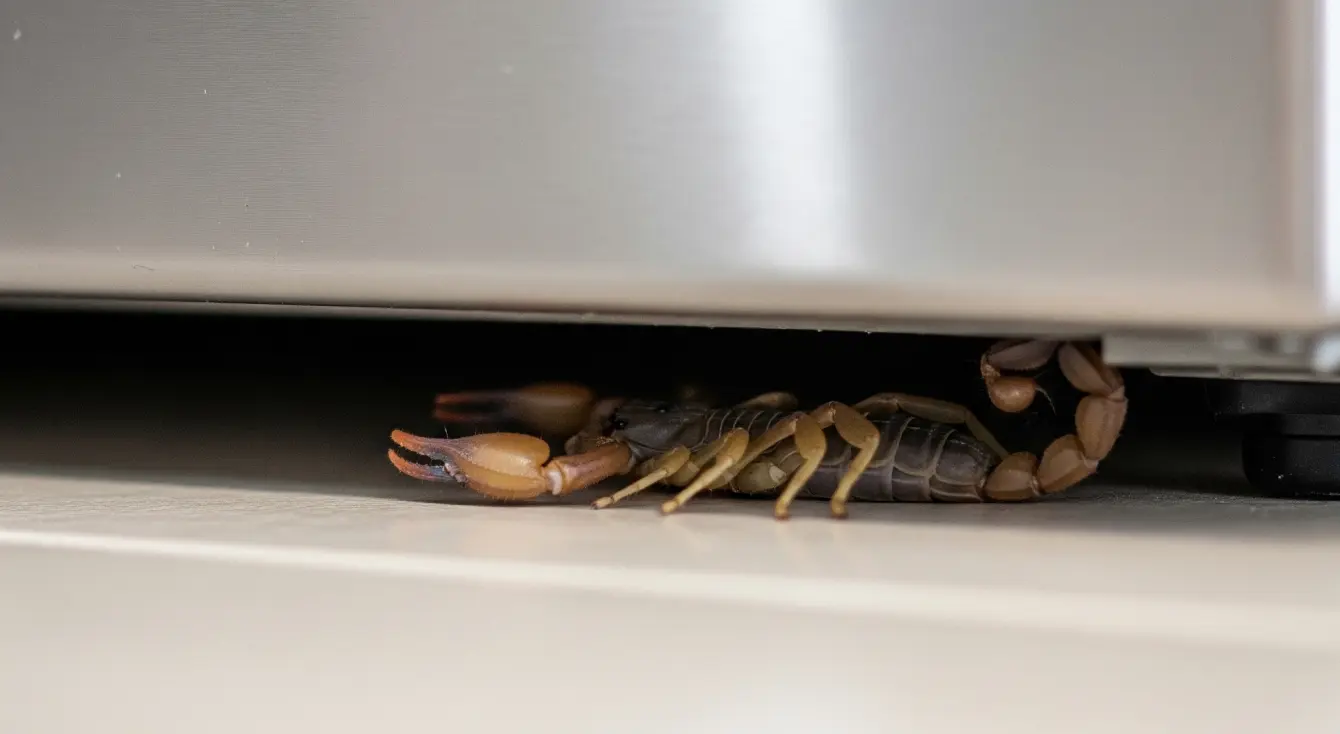
Avoid these common mistakes when you find a scorpion inside your house. Stay safe and respond smart.
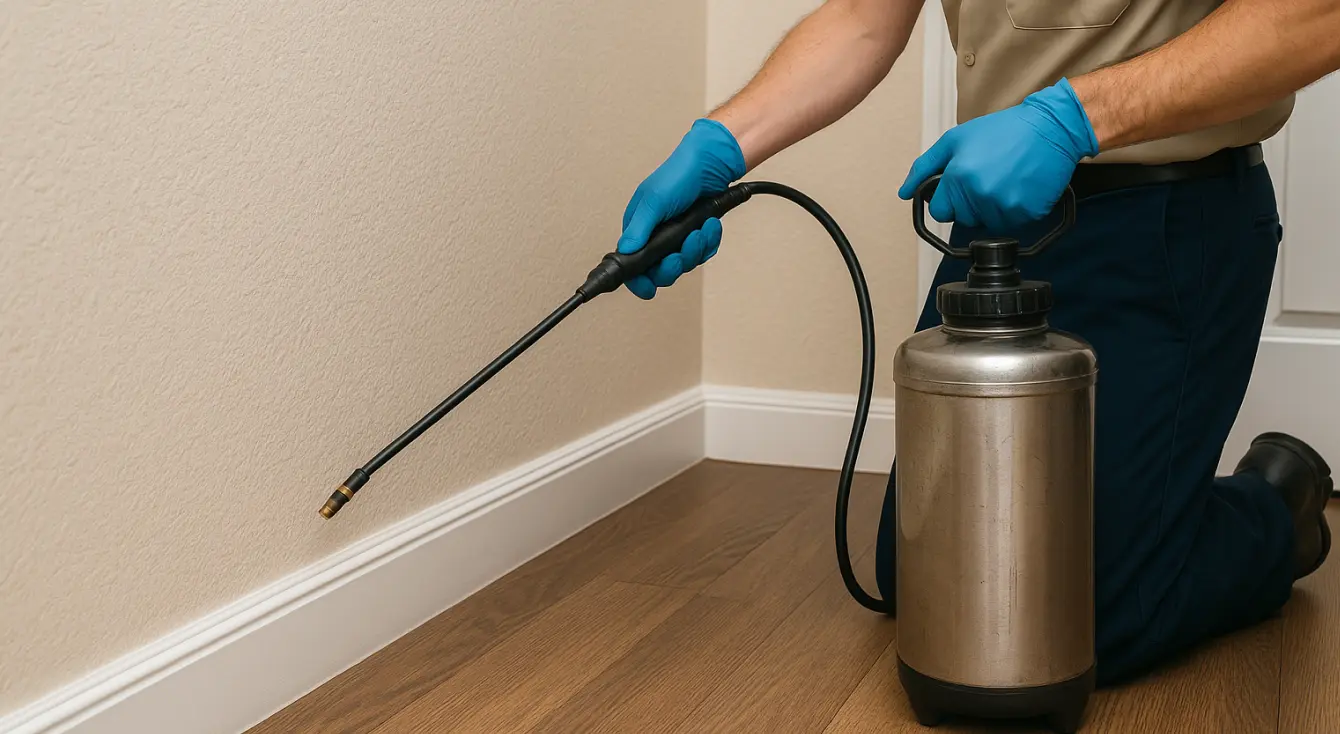
Learn why common pest control methods fail to catch scorpions—and what methods are actually effective.

Some scorpion stings are harmless, but others need emergency care—here’s how to know when to head to the ER fast.
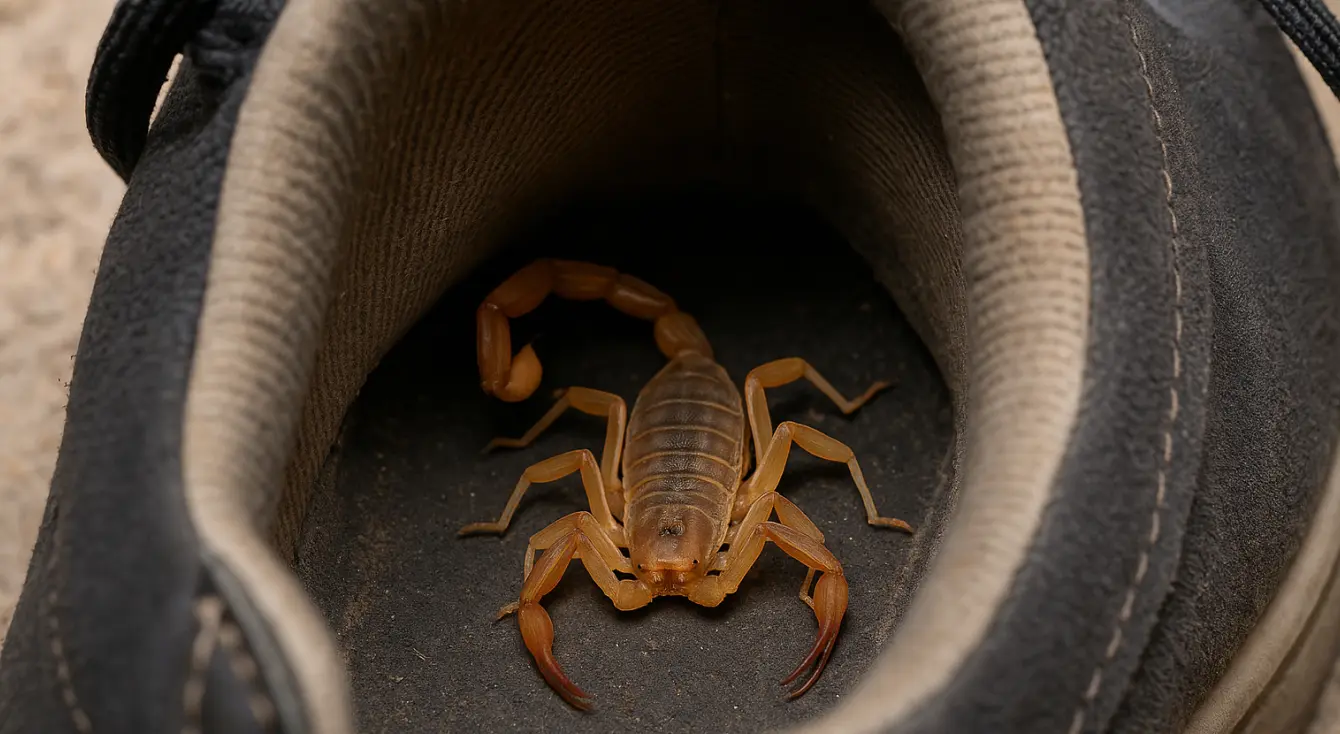
The moment you spot a scorpion, don’t look away. Here’s how to kill it safely—depending on where it is and what tools you have nearby.
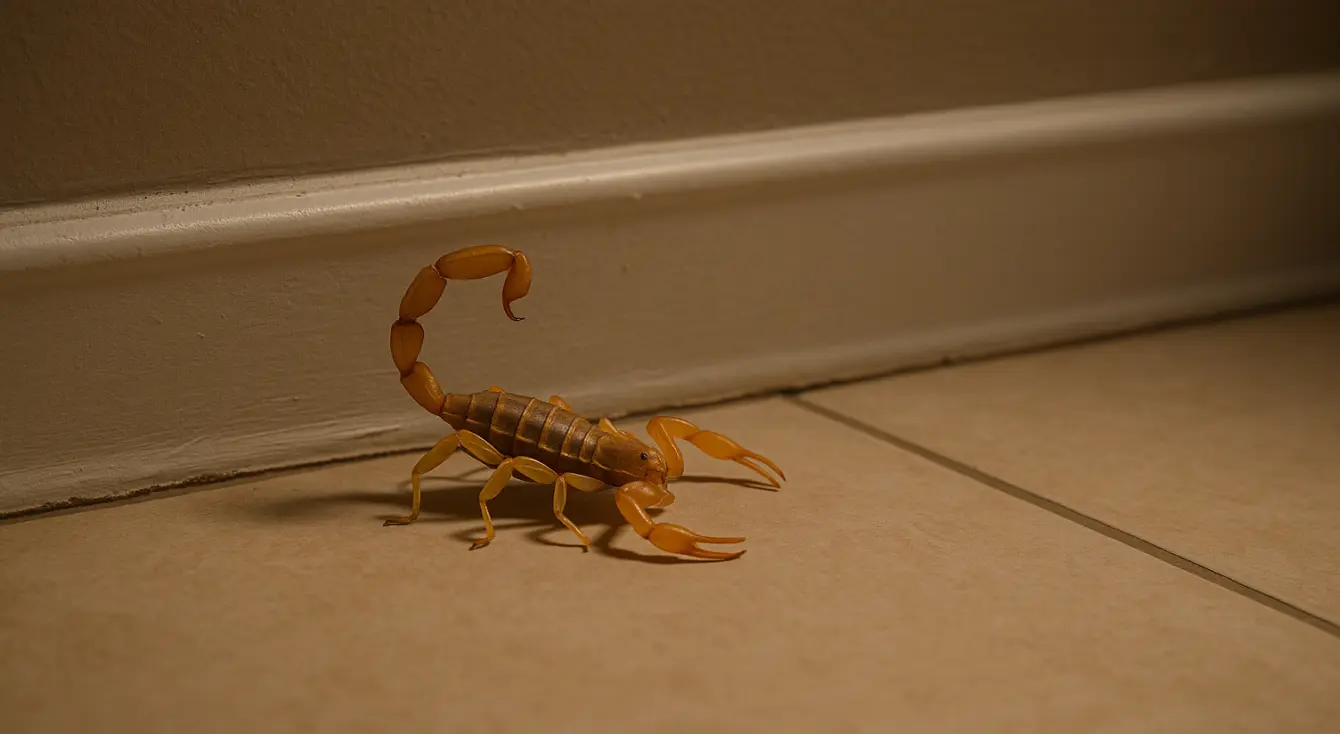
One scorpion doesn't always mean infestation—but here's how to know when to take a scorpion sighting seriously.
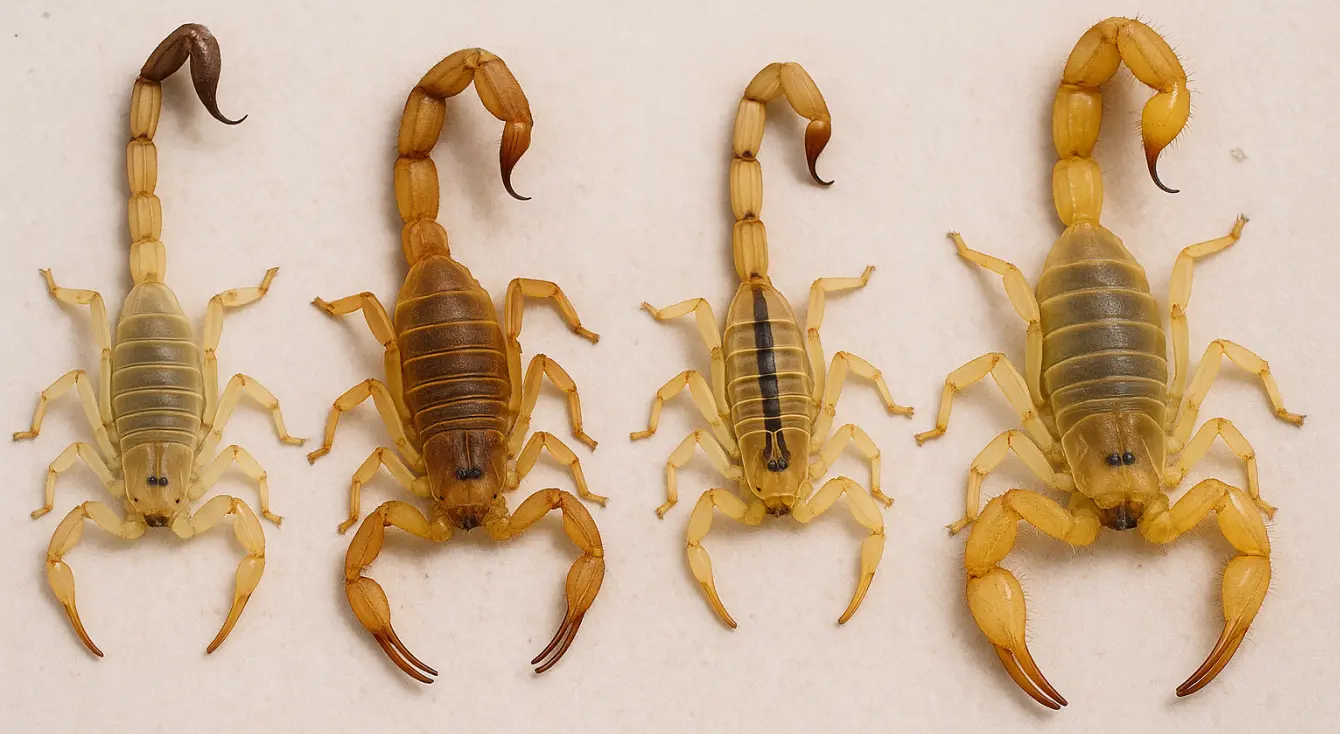
Learn how to identify common scorpion species found in Southwest homes and know which ones pose the greatest risk.
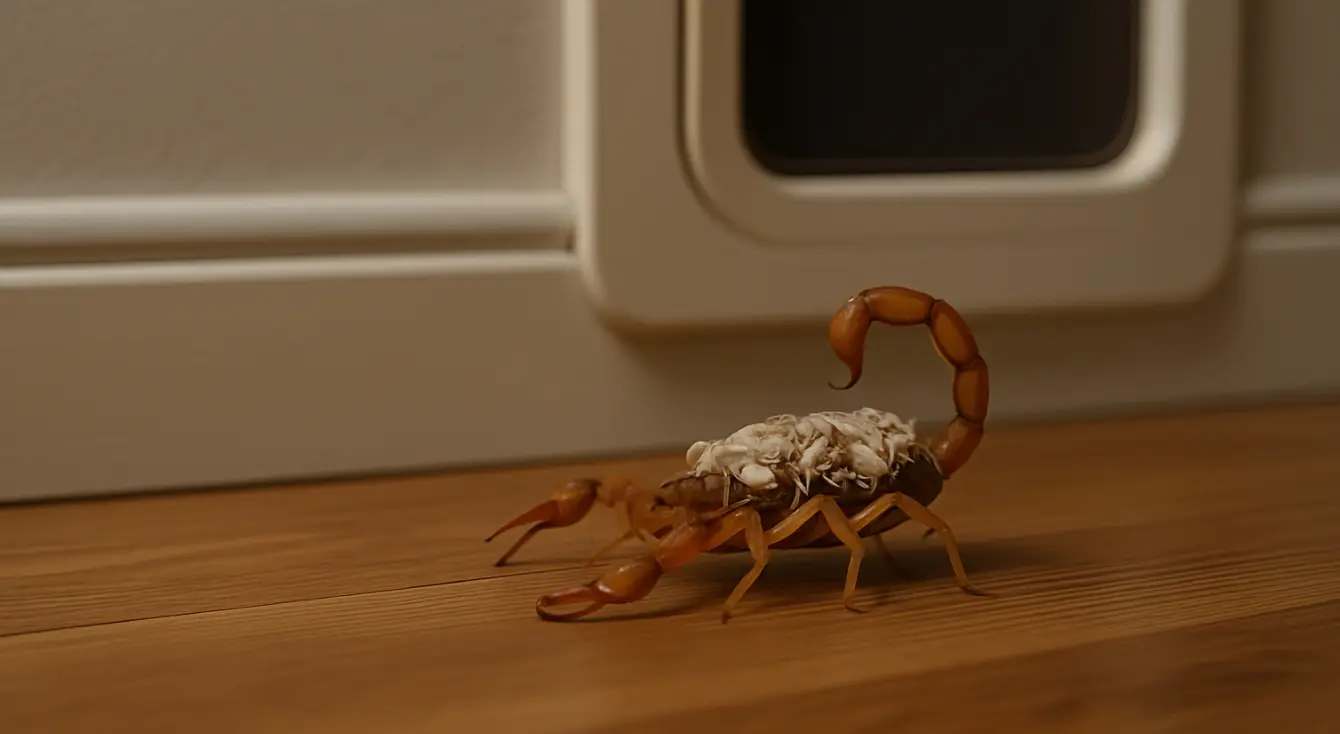
Learn how mother scorpions carry their babies—and how they might bring them into your home without you realizing it.

Bark scorpion stings can be serious, especially for kids. Here’s what hospitals do to treat them and when to seek help.
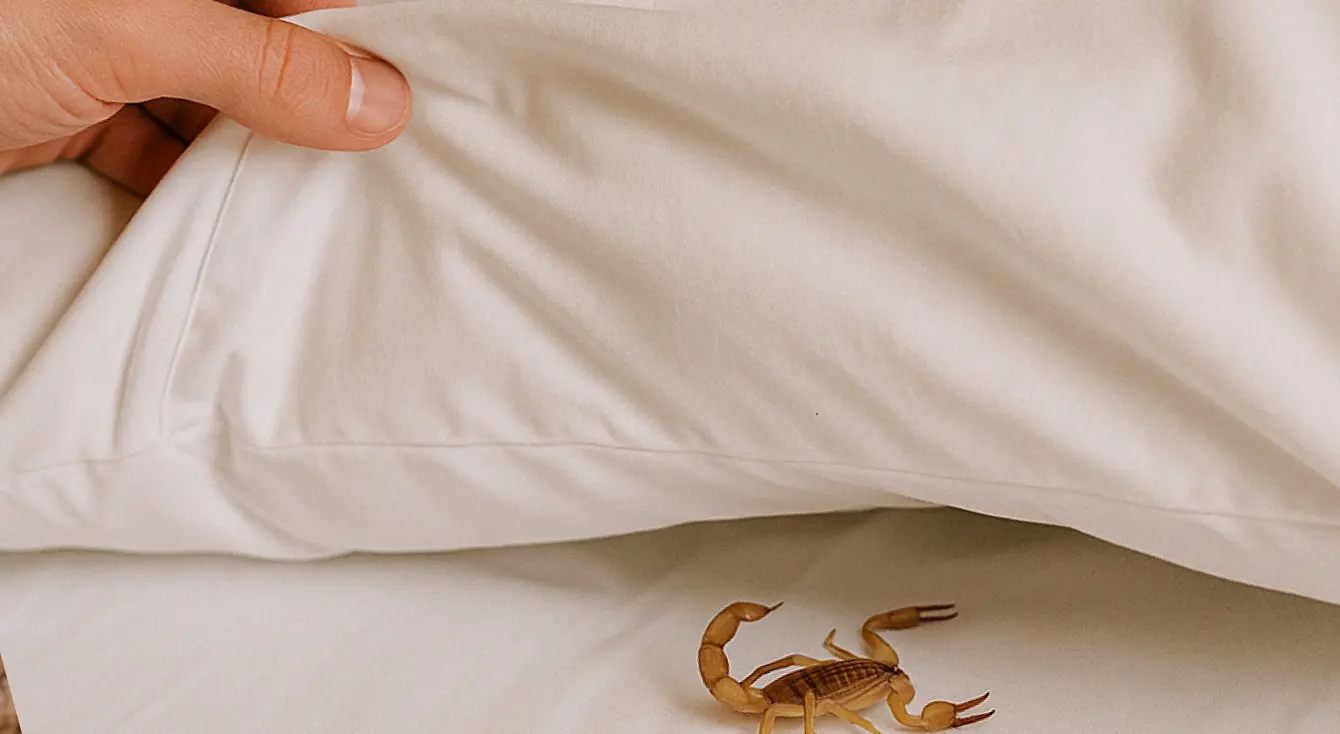
Traveling in the Southwest? Here’s how to quickly check your hotel room or Airbnb for scorpions—and sleep without worry.

Scorpion pincers aren't just for show. Learn what they do, why size matters, and how to tell if a scorpion is dangerous.

Discover the most common hiding spots for scorpions in your home—and how to check them without getting stung.
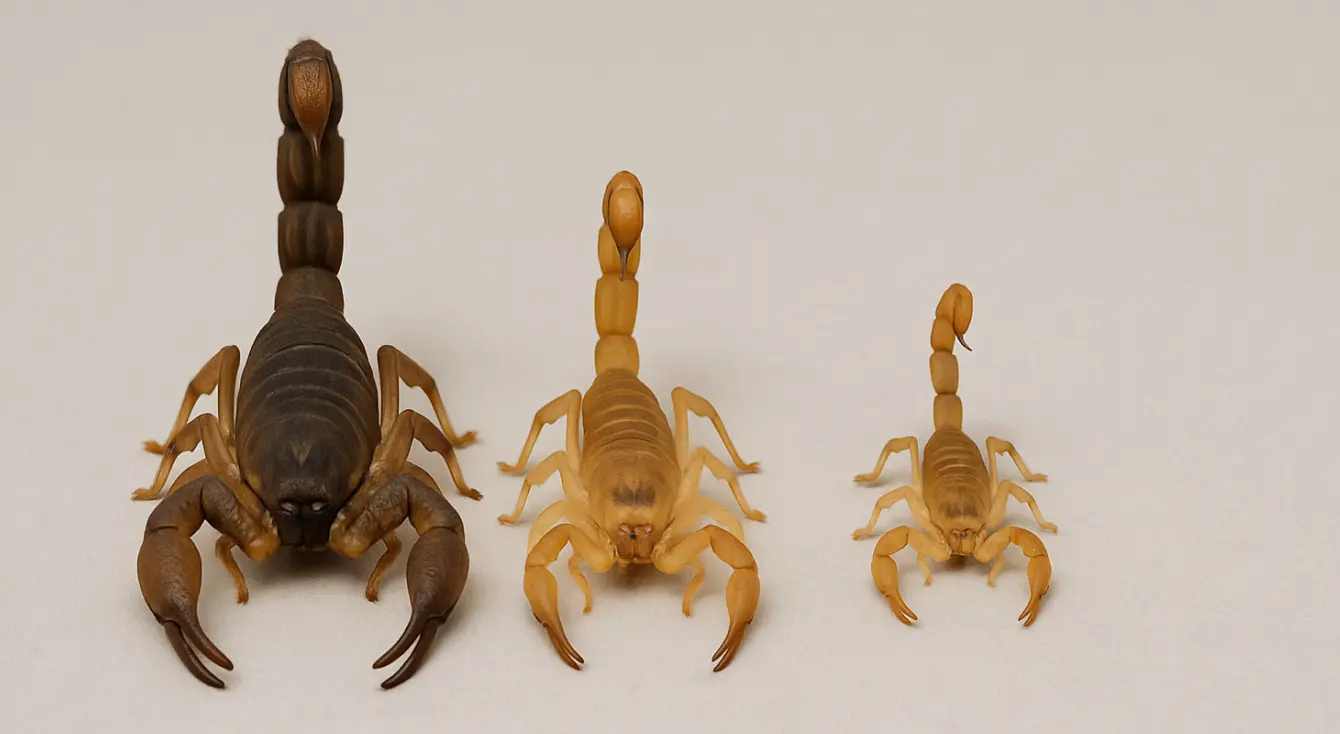
Does scorpion size predict danger? Learn why smaller scorpions often pack the worst sting—especially in the U.S. Southwest.
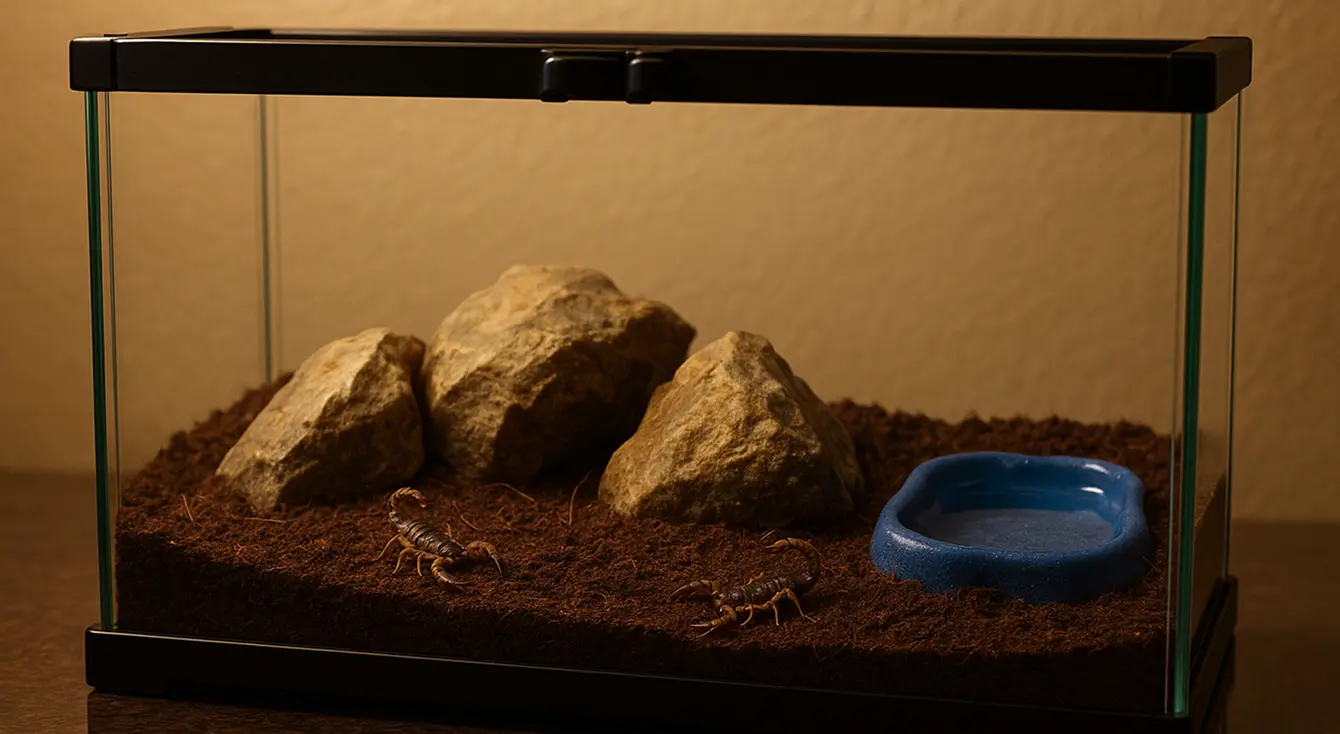
Thinking of keeping a scorpion as a pet? Learn which species are safe, legal, and how to care for them responsibly.

Expecting moms in the Southwest face real risks from scorpion stings—here’s what research and OBs say about protecting yourself.
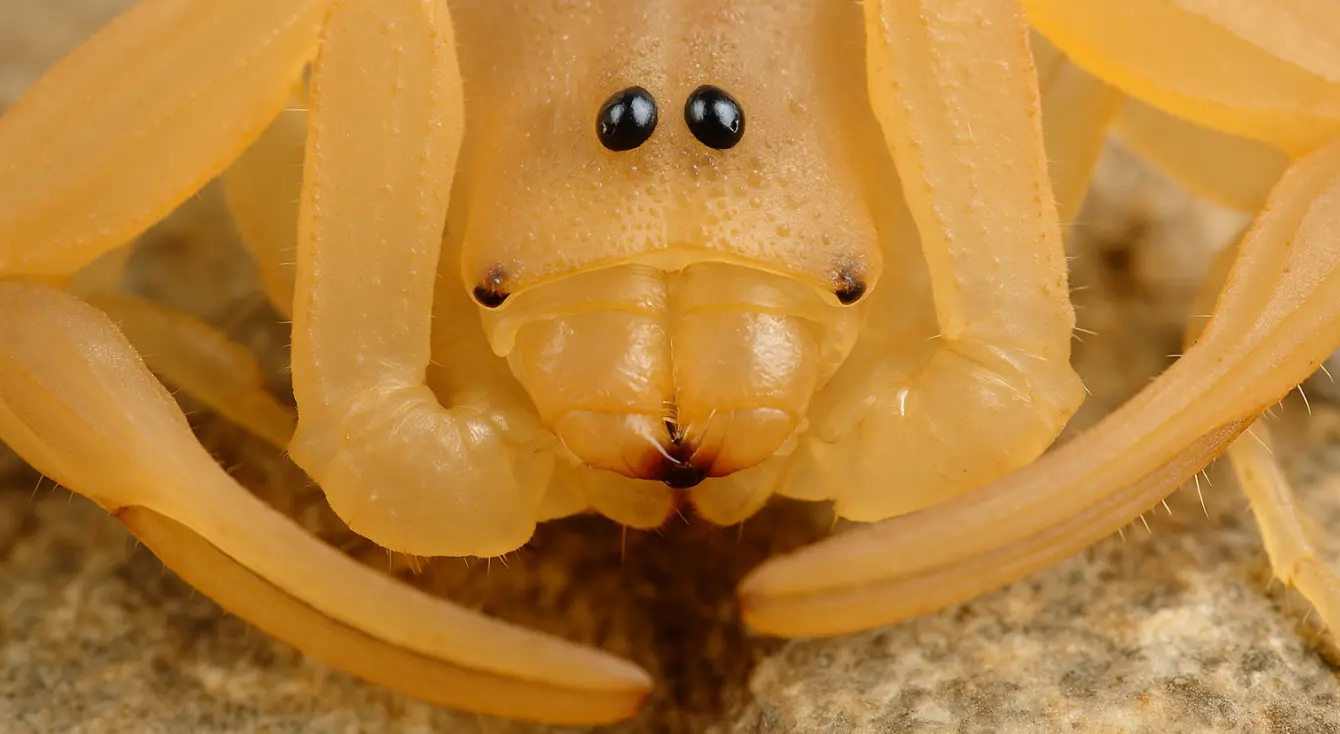
Scorpions do have eyes—but they don’t see like we do. Learn how these desert hunters find their way in total darkness.

One scorpion doesn't always mean infestation—but here's how to know when to take a scorpion sighting seriously.
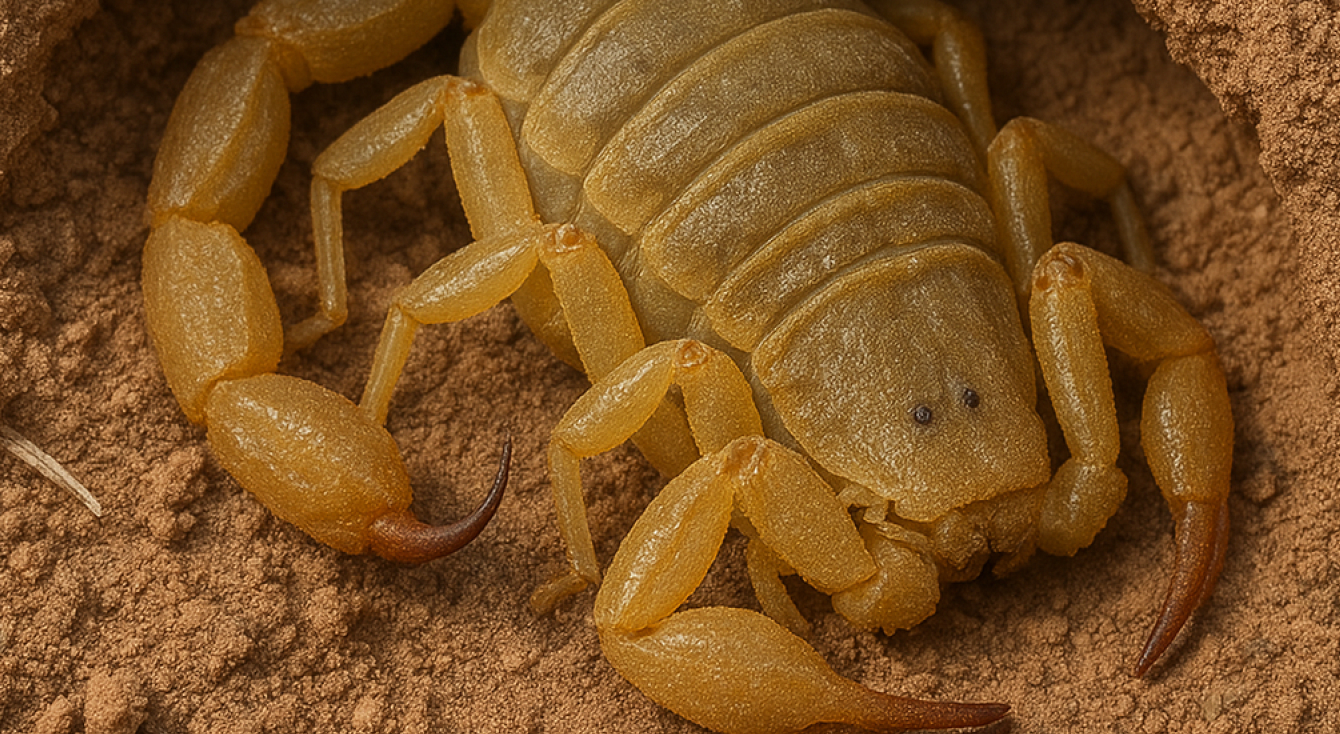
Do scorpions hibernate or just disappear in winter? Find out where they go and how to stay protected year-round.
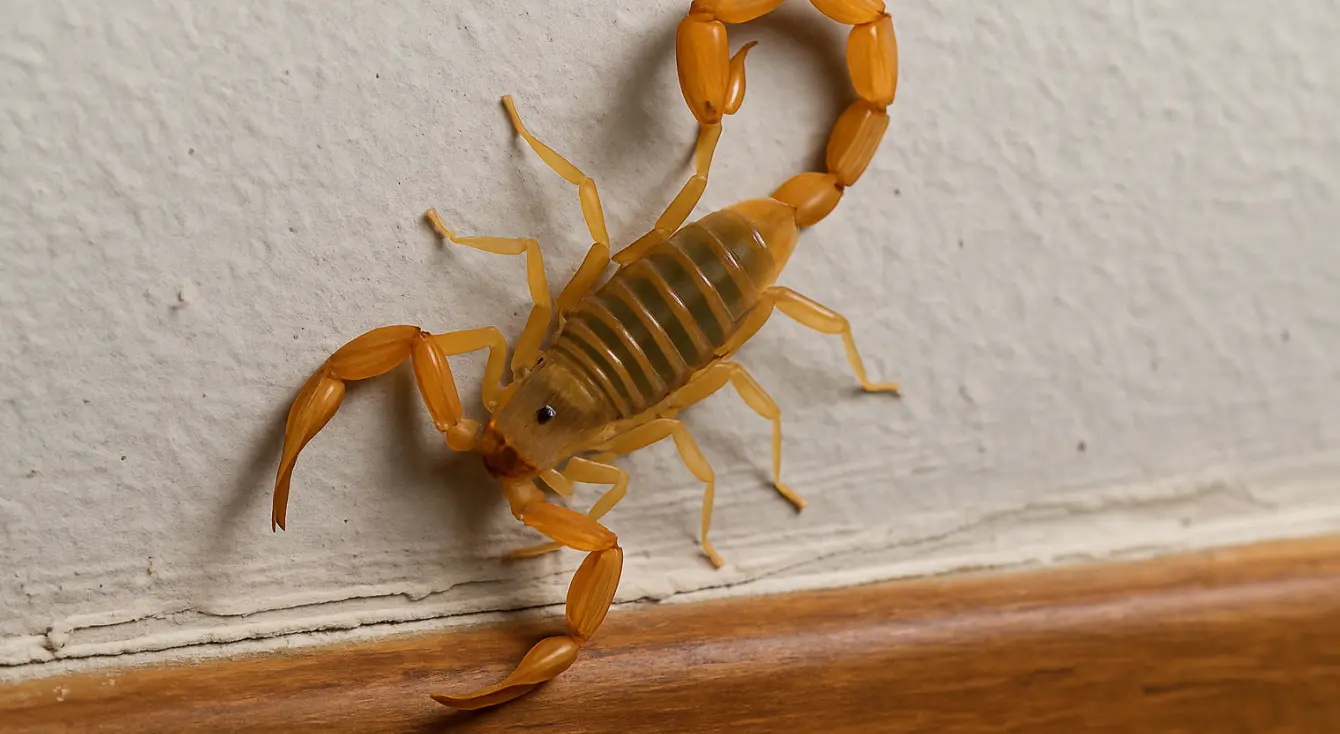
Discover which types of scorpions can climb walls, beds, and ceilings—and what you can do to protect your home.

Wondering if scorpions can crawl up drains or pipes? Here's how they might enter—and how to keep them out.

Yes, scorpion anti-venom exists. Learn more about who needs it, how it works, and where it's available.

Think lavender or cinnamon keeps scorpions away? Here are the top myths that could leave your home unprotected.

Learn how long scorpions can survive indoors—and what keeps them alive inside Arizona and Texas homes.

Learn how scorpions' instinct for thigmotaxis helps you find where they’re most likely hiding in your home.

Bark scorpion stings can be serious, especially for kids. Here’s what hospitals do to treat them and when to seek help.
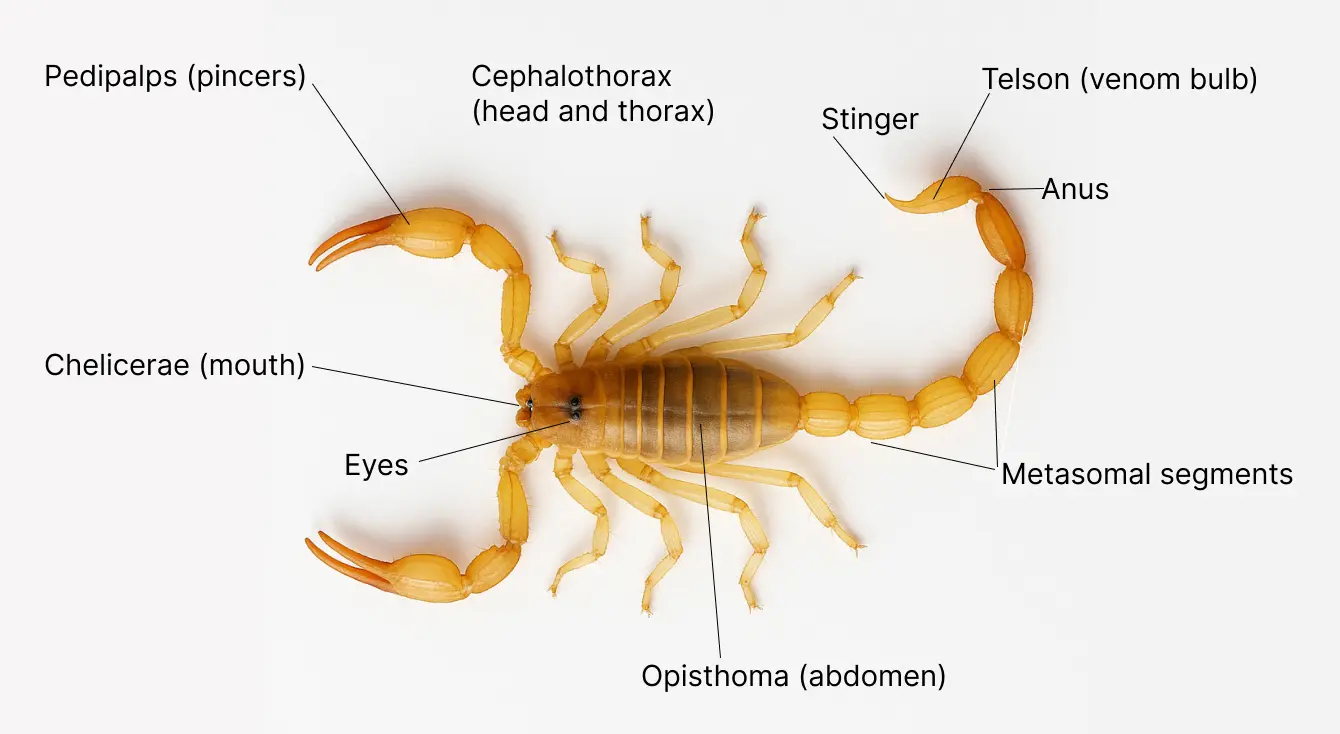
Discover the key parts of a scorpion, from its pincers to its venomous stinger. Learn how each body part helps it hunt, defend, and survive.
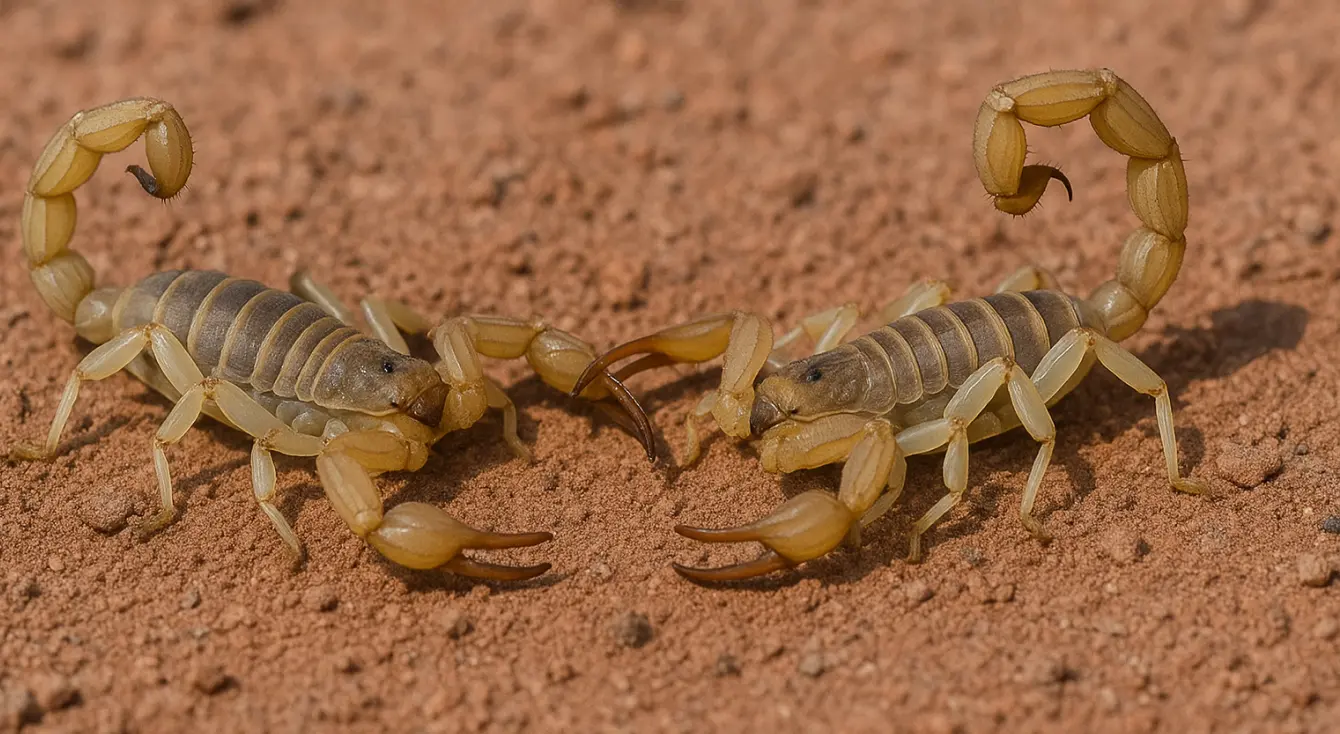
Wondering if scorpions hang out in groups or prefer to be alone? Learn about scorpion social behavior and what it means for your home.
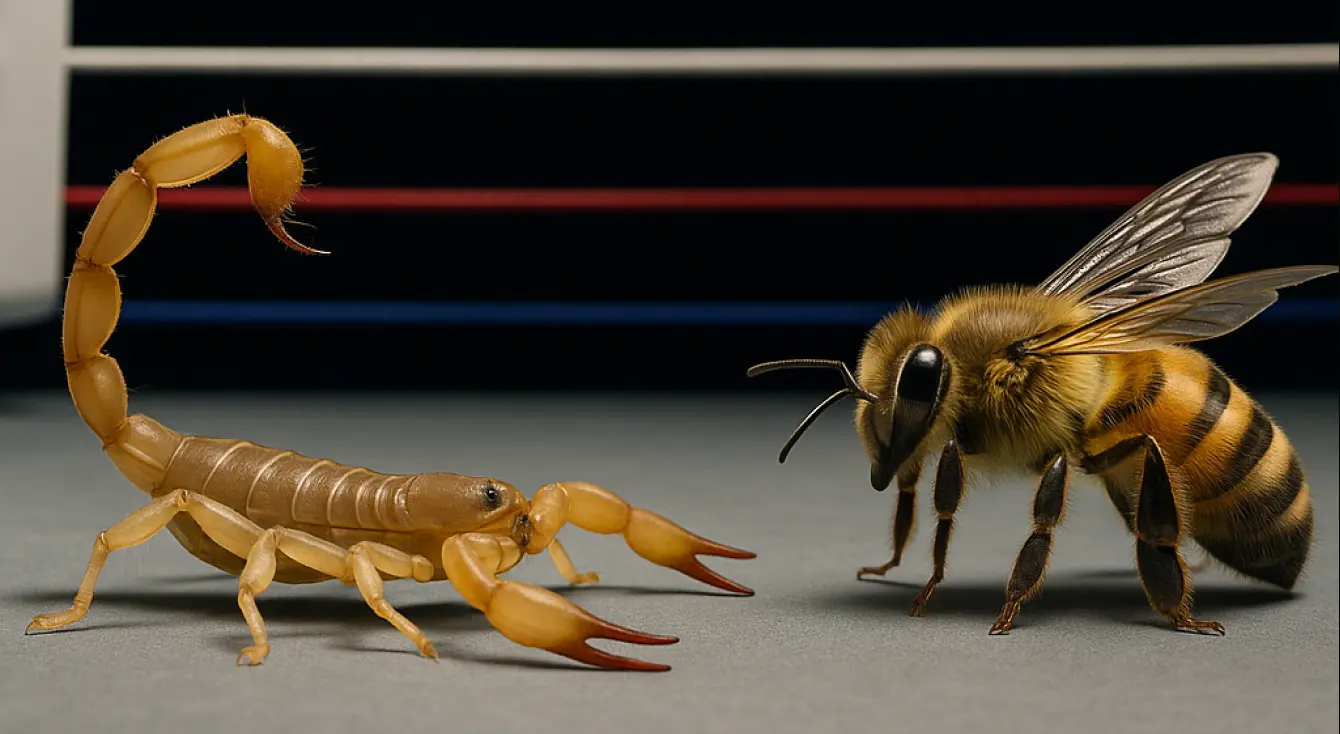
Not all stings are created equal—learn how scorpion stings compare to bee stings in pain, danger, and what to do next.

Scorpion stings are more dangerous for children. Here’s why young kids are at greater risk and what parents in the Southwest need to know.
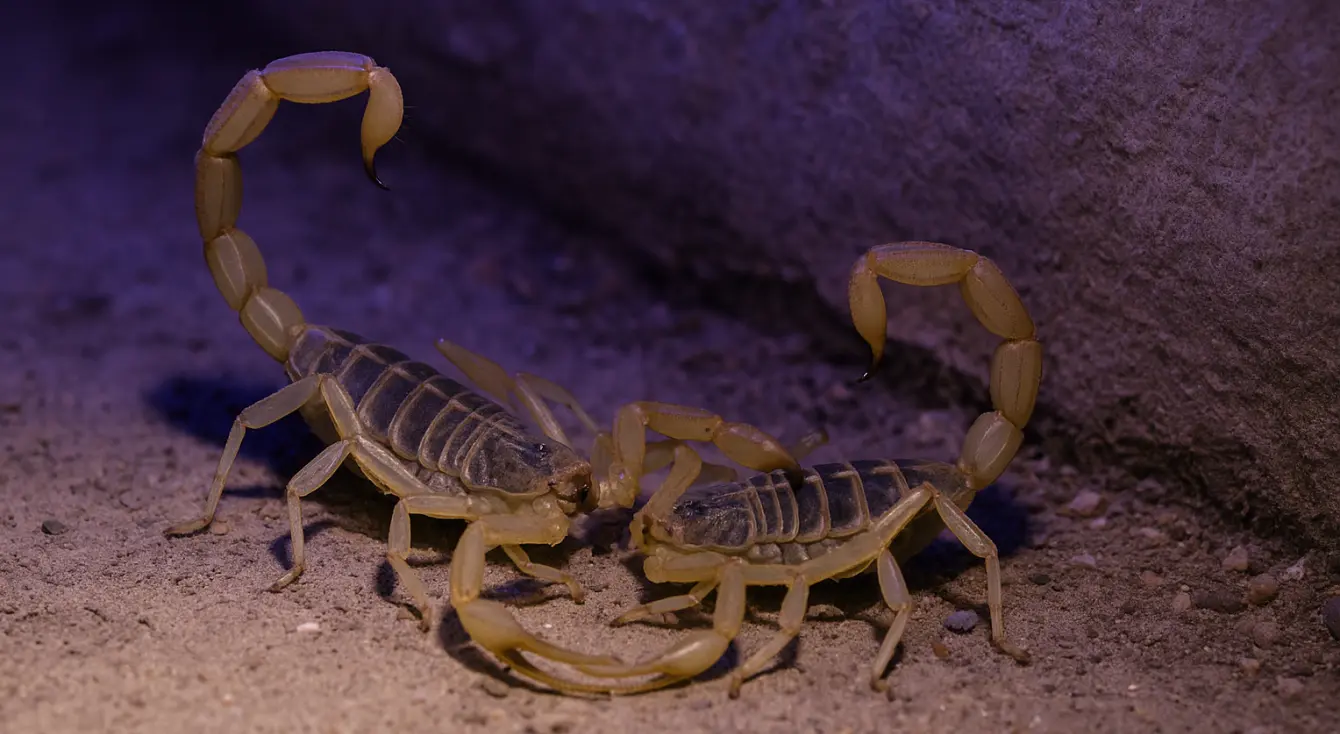
Learn when scorpions breed, why it matters, and how to protect your home during their active mating season.

Learn how scorpion venom affects humans, from mild symptoms to severe reactions, and how to respond to a sting.

Discover the most common ways scorpions enter your home—and what you can do to discover and seal entry points.

Learn how mother scorpions carry their babies—and how they might bring them into your home without you realizing it.

Small bodies and slower reactions put kids in real danger from scorpion stings—here’s what Southwest parents need to know.

Learn why scorpions glow under UV light and how to use that glow to protect your home more effectively.
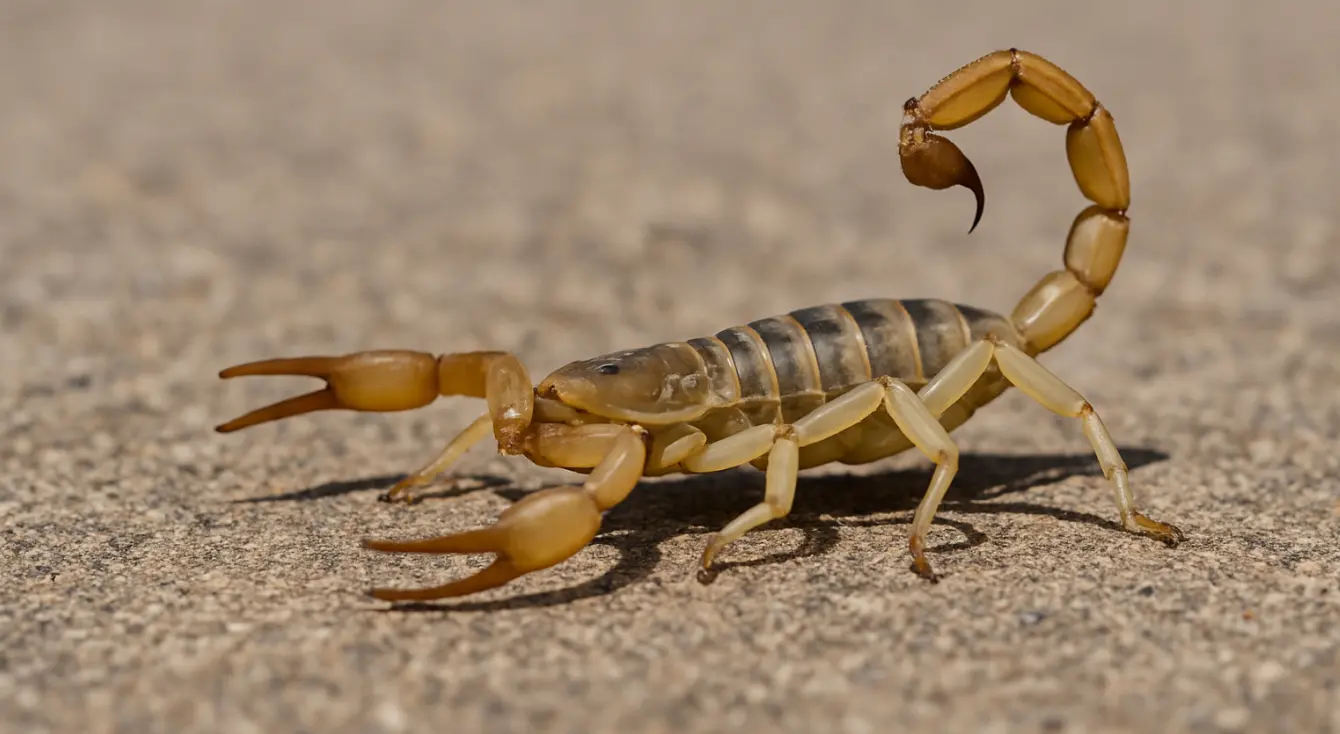
Surprised by how quickly a scorpion darted across your floor? Here's how fast scorpions actually move, and why it matters for home safety.
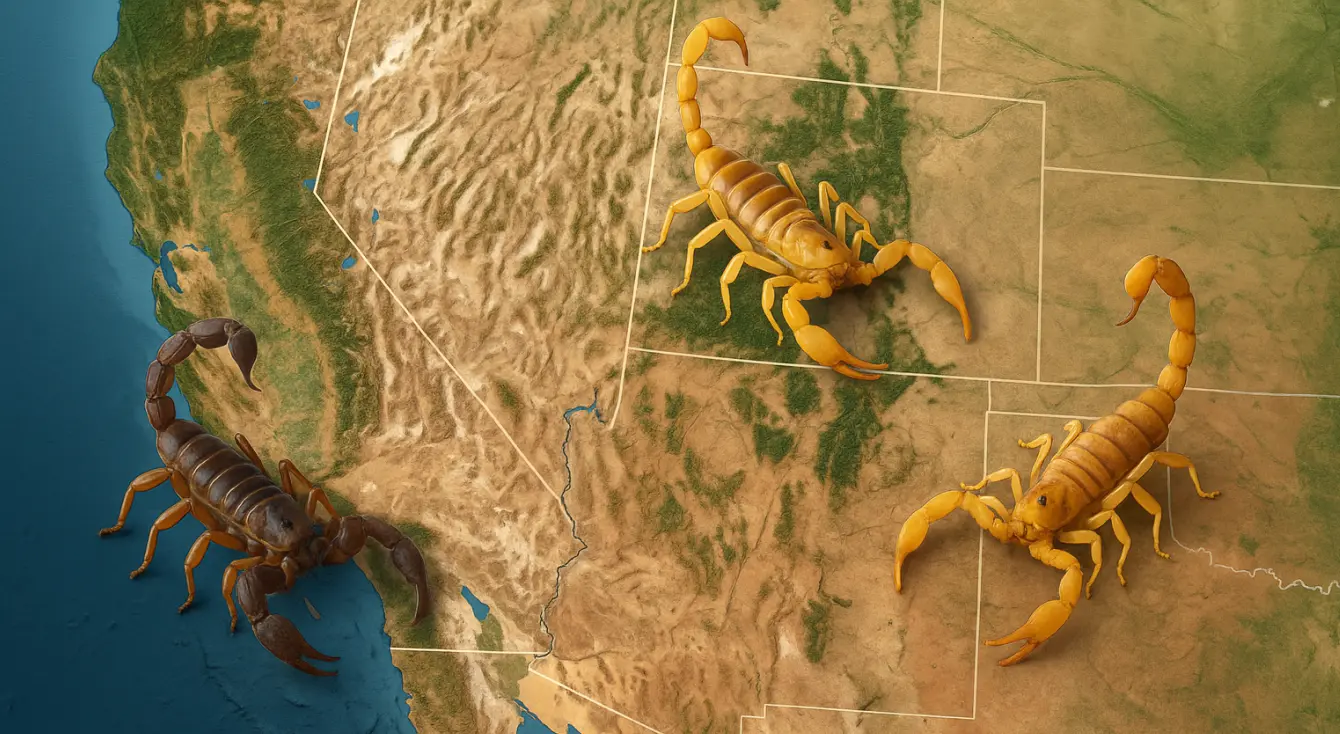
Compare the scorpions of Arizona, Texas, Nevada, New Mexico, and California. Know which are venomous and how to stay safe.
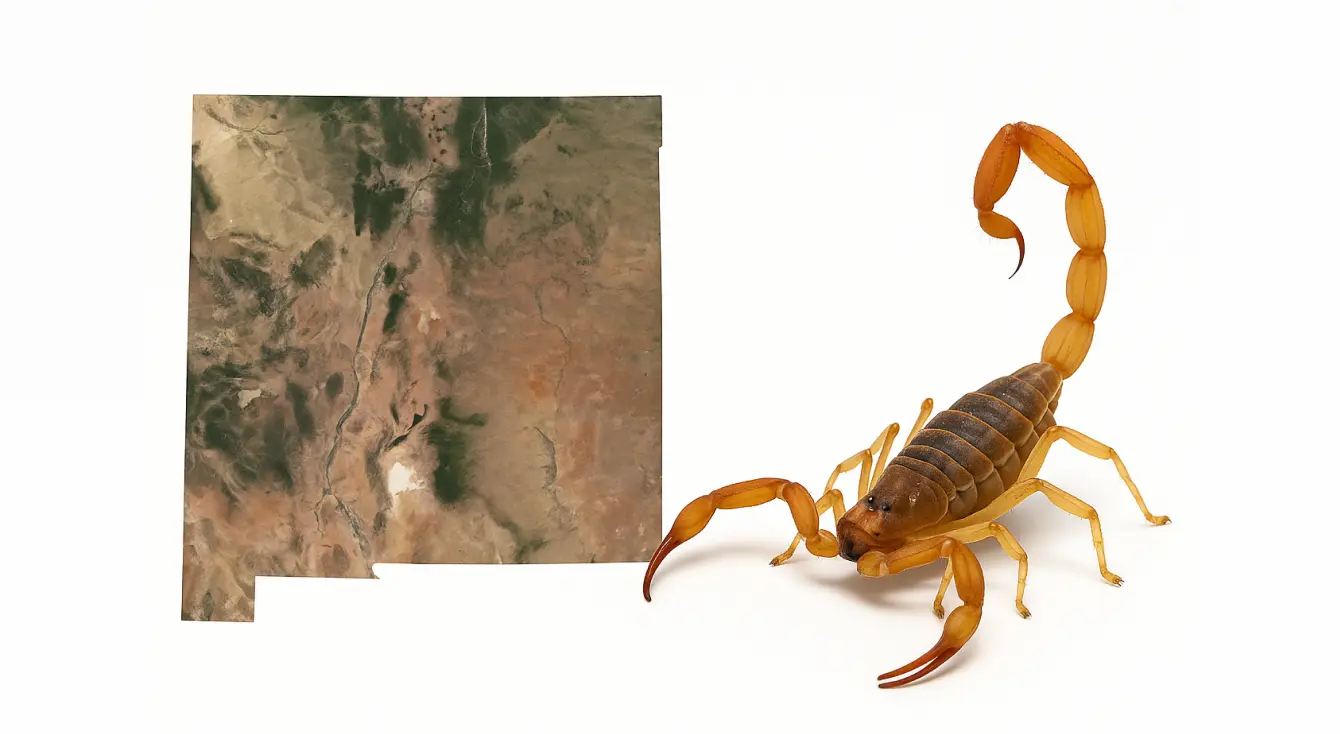
Learn about New Mexico’s most common scorpions, how to identify them, and what to do if you find one in your home.
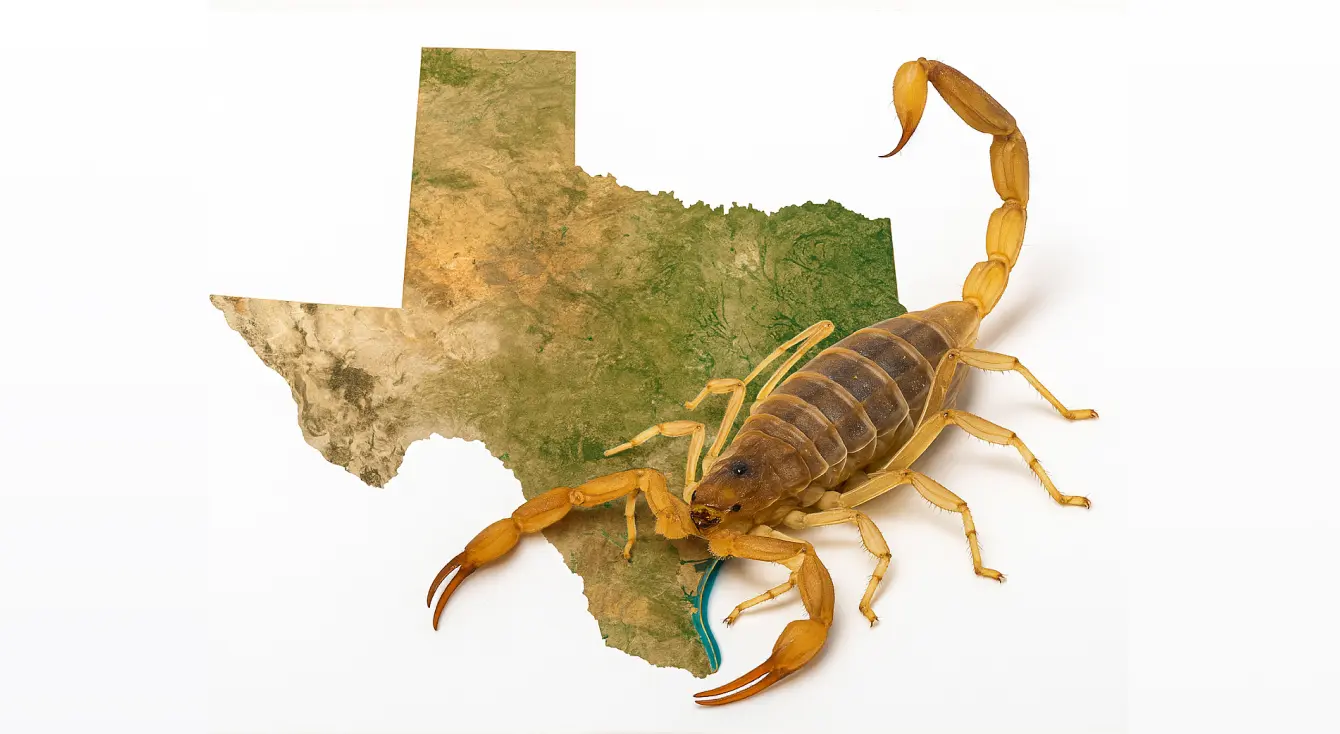
Discover the most common scorpion species in Texas and how to protect your family from them when they're in your home.
.webp)
Learn which scorpions you’re most likely to encounter in California—and which ones to watch out for.
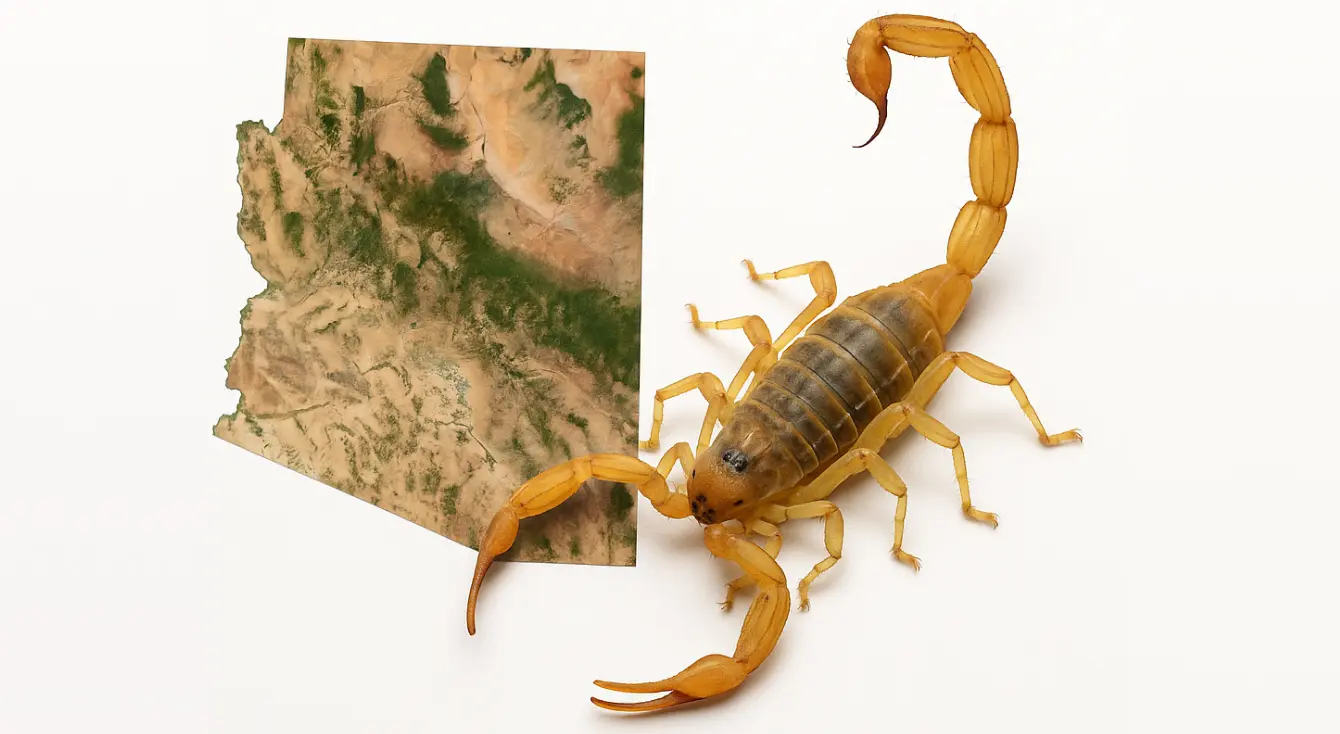
Learn about the most common scorpion species in Arizona, how to identify them, and which ones to avoid.

Find out which scorpion species are most common in Nevada and how to protect yourself against them around your home.
We can finally go on offense against these things instead of waiting to find them in our couch and shoes. It really helps us figure out where they're getting in. Love it.
Marcus
Albuquerque, New Mexico
We haven’t come across a scorpion in our house unexpectedly since we started using this.
Monique
Queen Creek, Arizona
We don’t get as many alerts any more now that we’ve figured out how to seal up our vents, but we were getting a lot of alerts in the beginning.
Leticia
Paradise Valley, Arizona
Scorpion Alerts are instant notifications sent to your phone when a Scorpion Detector identifies a scorpion inside your home. Each alert includes a photo and the location of the sighting, so you know exactly where the scorpion was detected and can take action right away. These alerts are designed to give families peace of mind and help prevent stings by making sure you’re aware of scorpions before they become a danger to children or pets.
Scorpion Detectors are smart devices that plug into a wall outlet and continuously monitor your home for scorpions. Each detector uses safe UV lighting and a small camera to scan the floor when the room is dark. If a scorpion is identified, the detector instantly sends an alert with a photo to your phone through the Scorpion Alert app. This gives you the chance to respond before the scorpion hides or someone gets stung. Scorpion Detectors are designed to provide peace of mind, protect children and pets, and help homeowners in scorpion-prone areas feel safer indoors.
Scorpions are important predators, controlling insect populations and serving as prey for birds, reptiles, and mammals. They contribute to biodiversity and are studied for medical applications, like venom-derived drugs for pain relief or cancer treatment.
No, scorpions are not aggressive; they sting only in self-defense when threatened or accidentally disturbed. They prefer to flee or hide rather than attack.
Scorpions have poor eyesight, with 2-12 simple eyes that detect light and movement but not detailed images. They rely more on vibrations sensed through hairs on their body and pincers.
Yes, scorpions can slow their metabolism dramatically, surviving up to a year on just one insect. They can also go months without food if they have access to water.
No, this is a myth. Baby scorpions have the same venom potency as adults; they just inject less volume. Larger adults can deliver more venom, potentially making their stings more severe.
The giant forest scorpion (Heterometrus swammerdami) from India can reach up to 9 inches (23 cm) in length, making it the world's largest.
Scorpions reproduce sexually through a courtship "dance" where the male deposits a spermatophore. Females give birth to live young (viviparous), carrying 2-100 babies on their back until their first molt.
Many scorpions, especially species like the Arizona bark scorpion, can climb smooth surfaces like walls, glass, and trees using tiny hairs and claws on their legs. They cannot climb completely smooth, polished surfaces without texture.
Clean the area with soap and water, apply a cold compress, and elevate the limb. Seek medical help if symptoms worsen (e.g., difficulty breathing, muscle spasms), especially for children or the elderly. Antivenom may be needed for severe cases.
Most scorpion stings cause pain, swelling, and numbness lasting 24-48 hours, but are rarely fatal. Globally, about 1.5 million stings occur annually, with around 2,600 deaths, mainly from species like the deathstalker (Leiurus quinquestriatus) in regions without medical access.
Yes, all scorpions produce venom, which they use for hunting and defense. However, only about 30-40 species have venom potent enough to be dangerous to humans; most stings are comparable to a bee sting.
Scorpions are carnivorous, primarily feeding on insects, spiders, and other small arthropods. Larger species may eat lizards, snakes, or small mammals. They use their pincers to capture prey and inject venom to subdue it before digesting externally.
Scorpions are found on every continent except Antarctica, thriving in diverse habitats like deserts, rainforests, mountains, caves, and even intertidal zones. They prefer warm, dry areas but can adapt to high elevations up to 5,500 meters.
There are over 2,500 described species of scorpions, divided into about 22 families, with new ones still being discovered through genomic studies.
Scorpions are predatory arachnids (related to spiders and ticks) with eight legs, a pair of grasping pincers, and a segmented tail ending in a venomous stinger. They belong to the order Scorpiones and have existed for over 400 million years.
Sticky traps can catch scorpions occasionally but aren’t reliable for prevention. They’re best used for monitoring, not as a standalone control method. Learn more with our article titled Scorpion Detectors vs Glue Traps: What Works Best?
Peak season runs from March to October, with the highest activity in July and August, when they mate and search for water and shelter.
Yes. Many scorpions, especially the bark scorpion, can climb walls, ceilings, and even bed skirts, thanks to tiny gripping hairs on their legs. Learn more with our article titled Do Scorpions Climb Walls, Beds, or Ceilings?
They squeeze through tiny cracks—often as small as 1/16 inch. Common entry points include door sweeps, dryer vents, foundation gaps, and poorly sealed windows. Learn more with our article titled How To Keep Scorpions Out Of Your House
Scorpions are nocturnal and most active from late spring through early fall. In hot climates like Arizona and Texas, activity spikes at night after temperatures drop slightly.
Most scorpions aren’t deadly, but the Arizona bark scorpion, which is found in multiple states across the Southwest, can cause intense pain, numbness, and even breathing difficulties—especially for children and pets. Read more about the dangers associated with scorpions:
Scorpions in the Southwest often enter through cracks near baseboards, plumbing, and vents. They tend to hide in dark, cool places like closets, garages, and under furniture. Learn more by reading our article titled Where Do Scorpions Like To Hide In Your Home?
Not much is known about why scorpions glow under UV light, but some theories suggest that although they can't see it, they can 'feel' it when it's bright. Our Scorpion Detectors emit just enough UV light to illuminate them, but not enough to make them avoid it.
A few well-placed Scorpion Detectors can help you spot them early, avoid surprises, and stop an infestation before it starts.
No matter how many Scorpion Detectors you use, your monitoring subscription is one simple, flat fee. Choose the subscription that fits you best.
Get as many as you need. It won't change your subscription price.
Get up to three. If you need more, get one free with a 5-pack.
Get a free Scorpion Detector when you buy four.